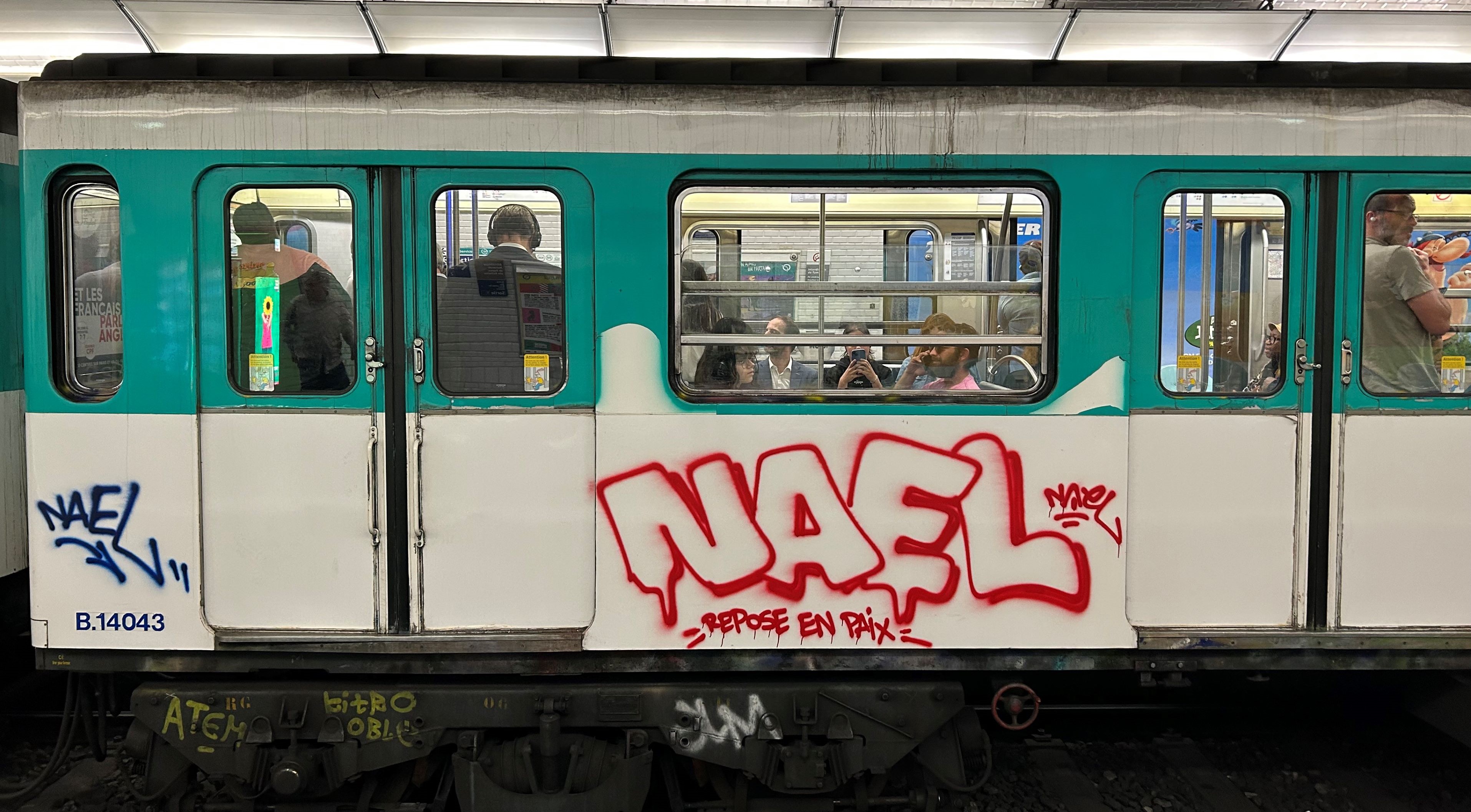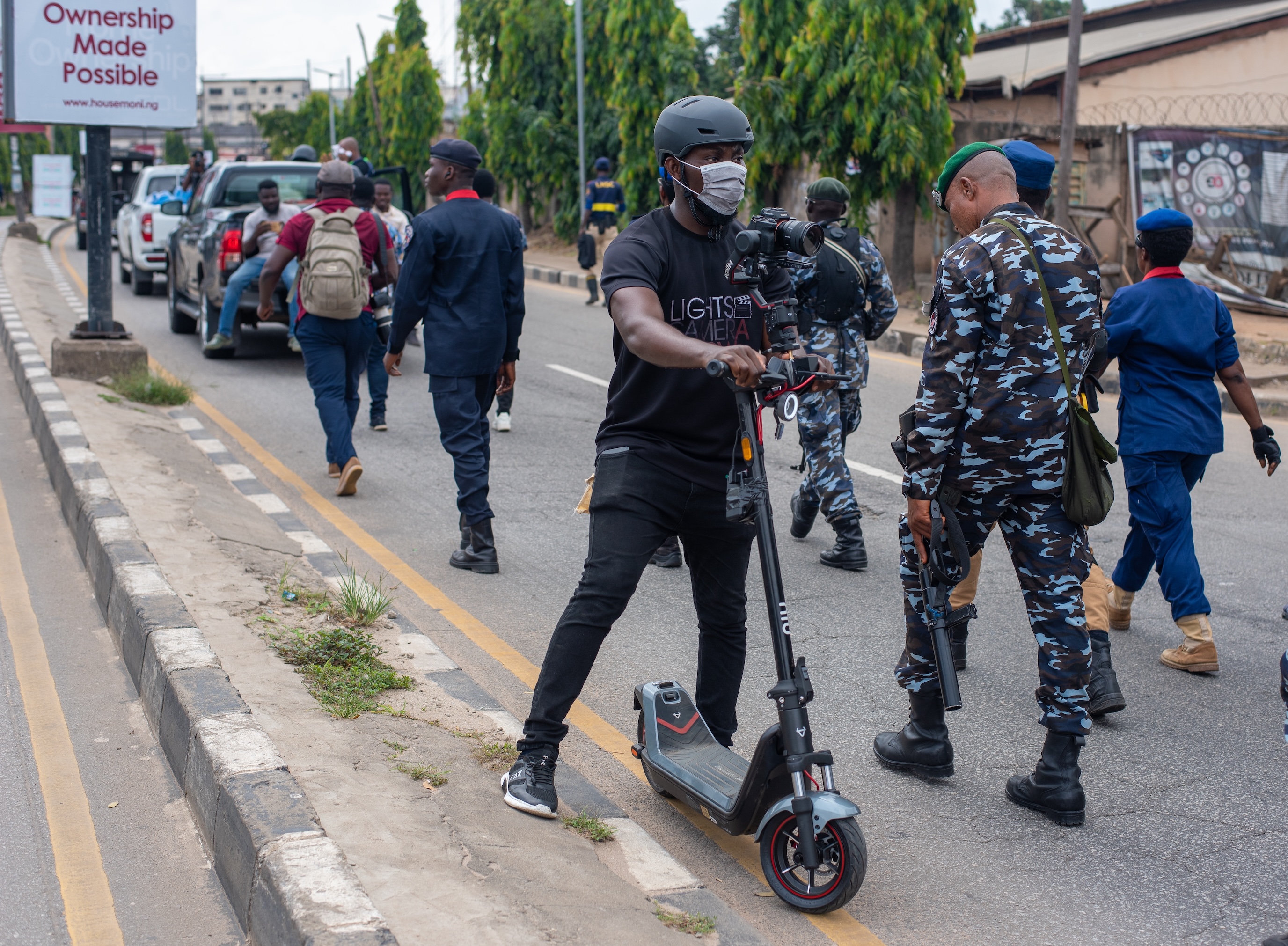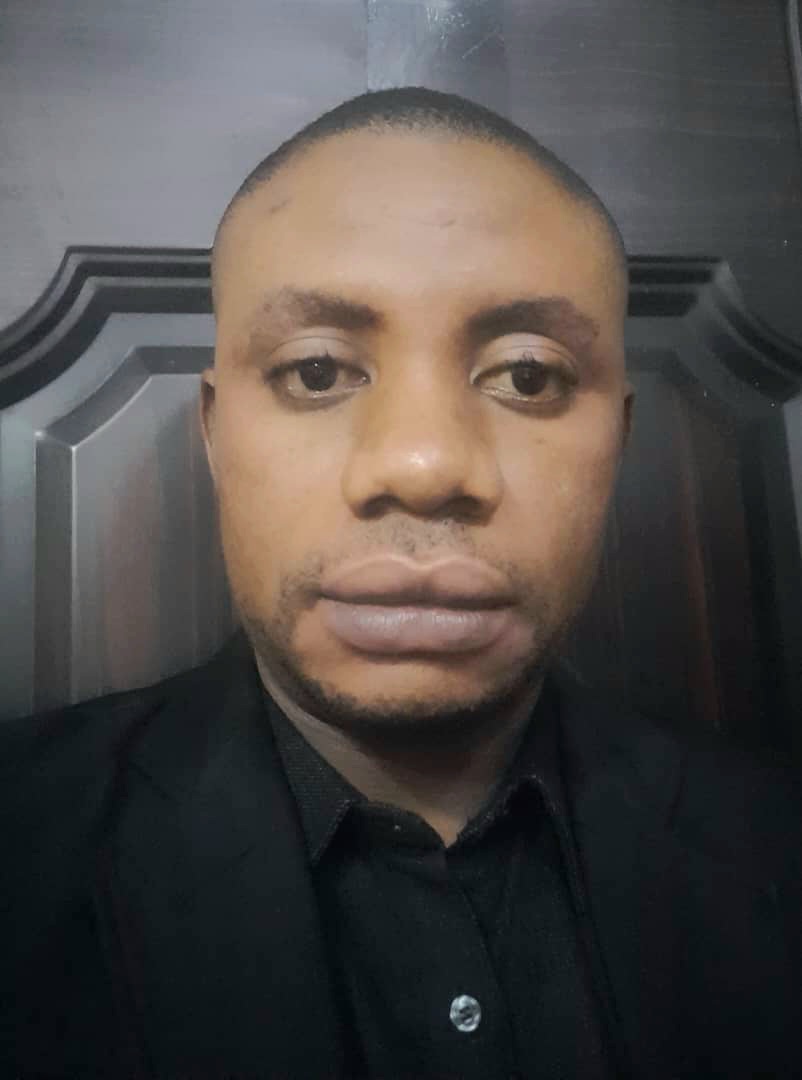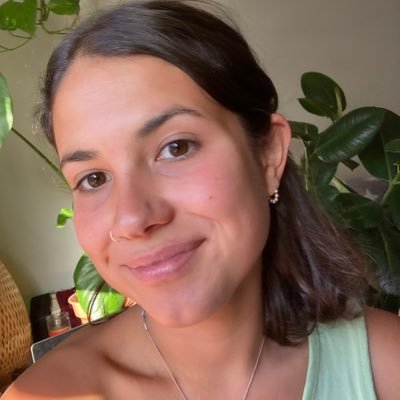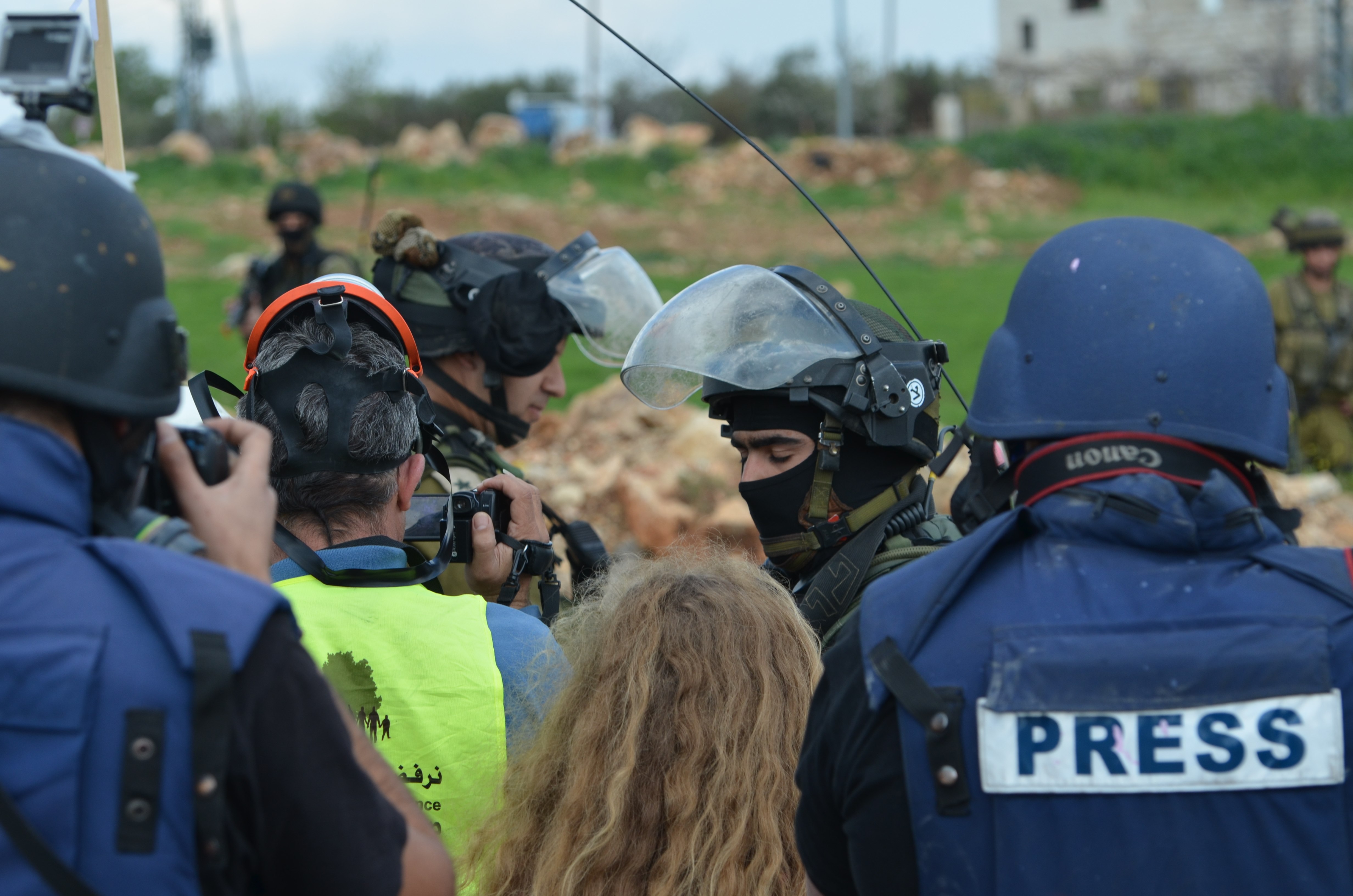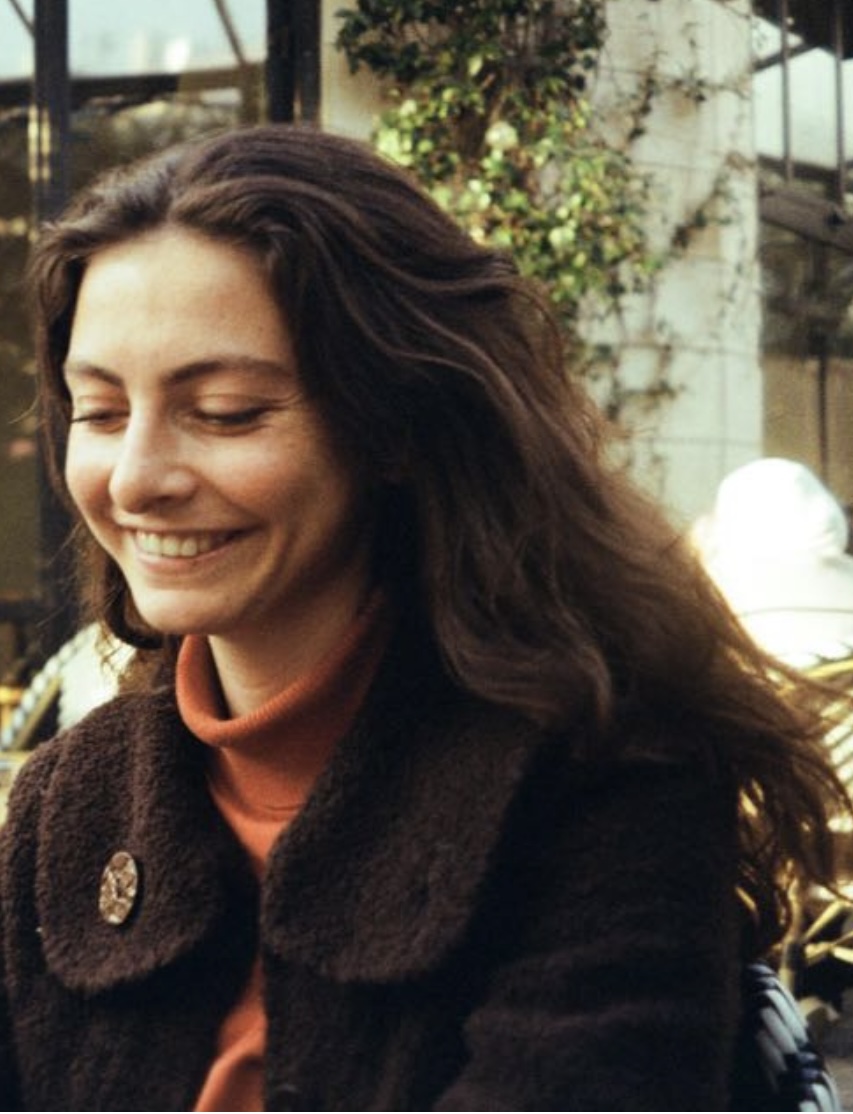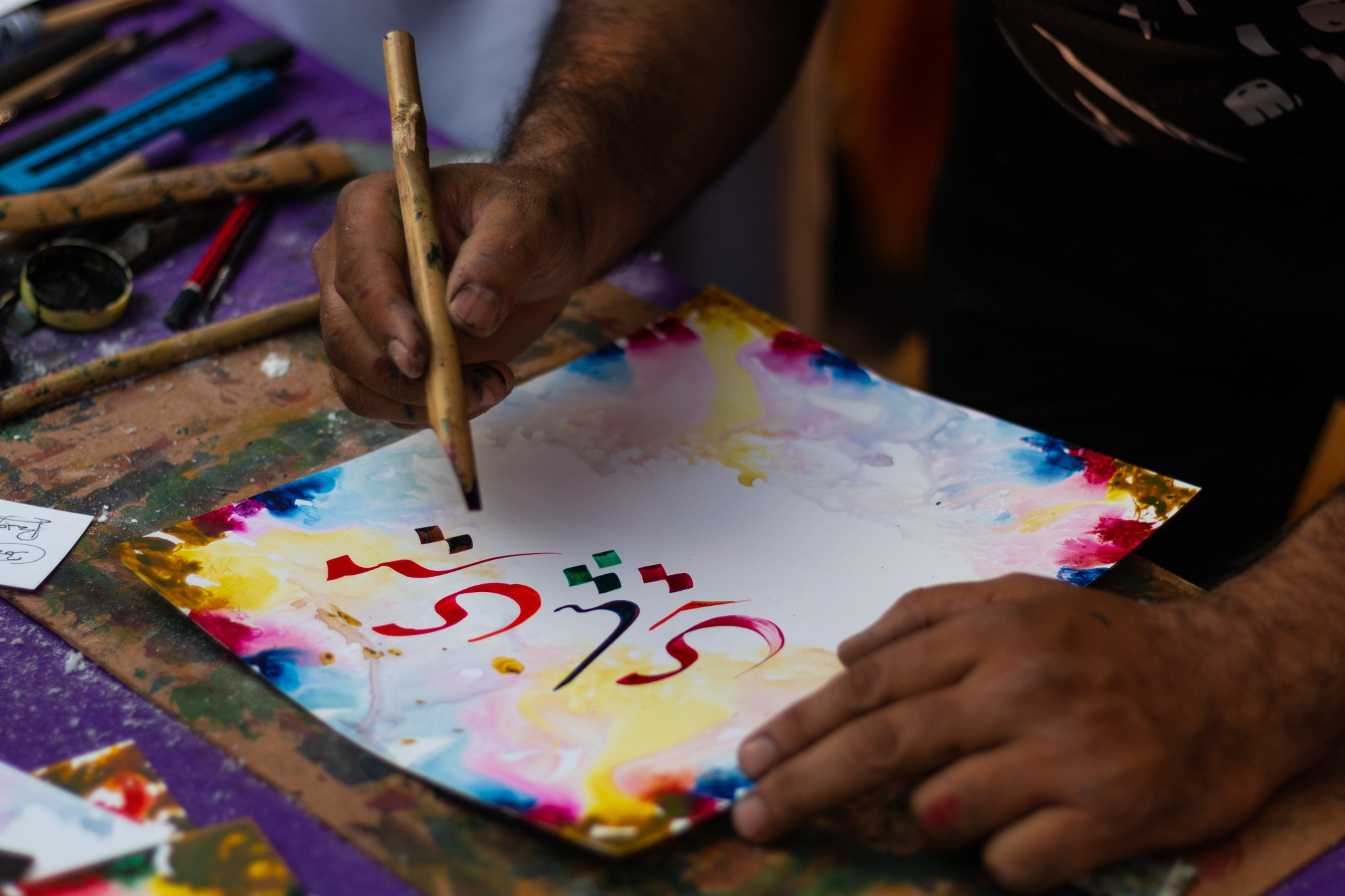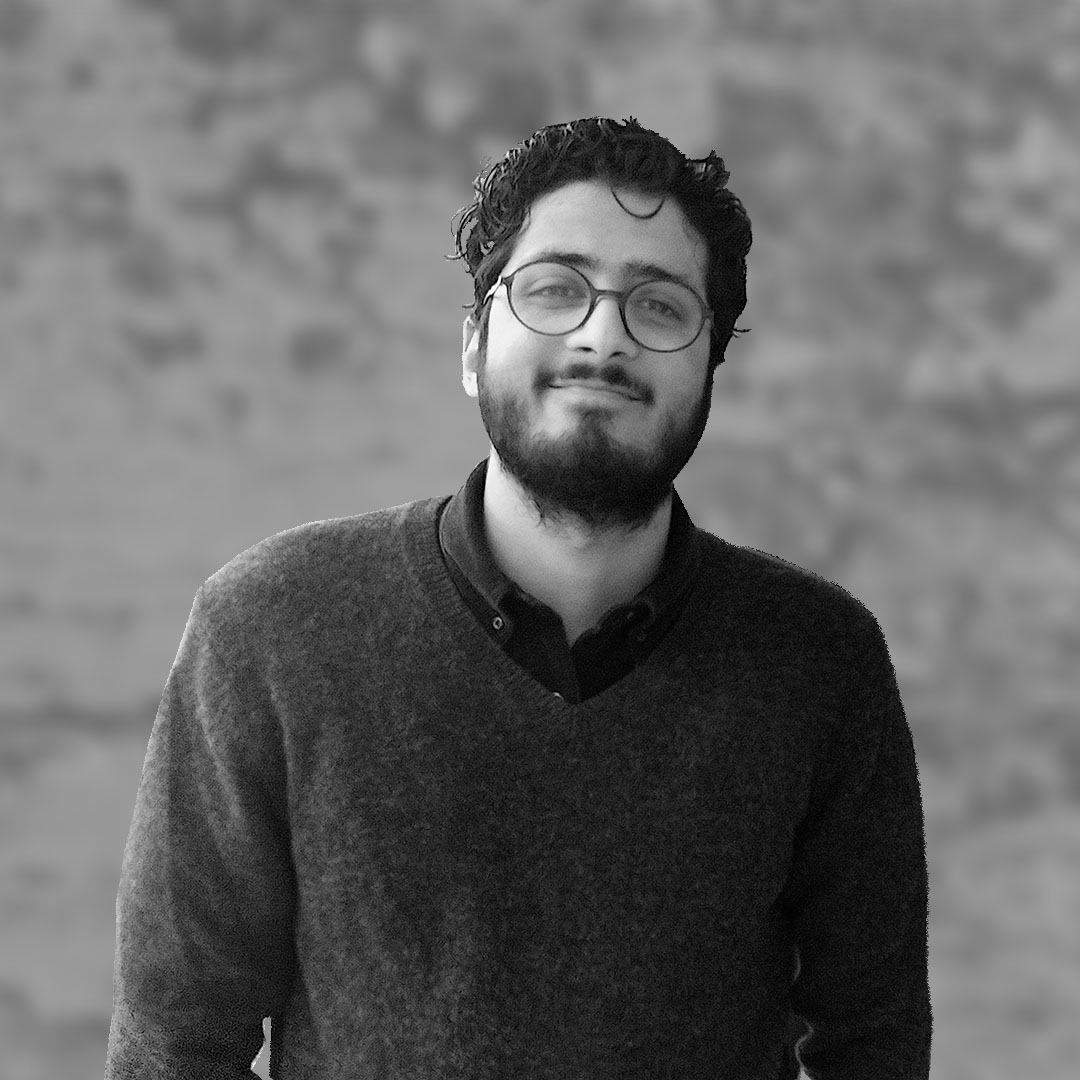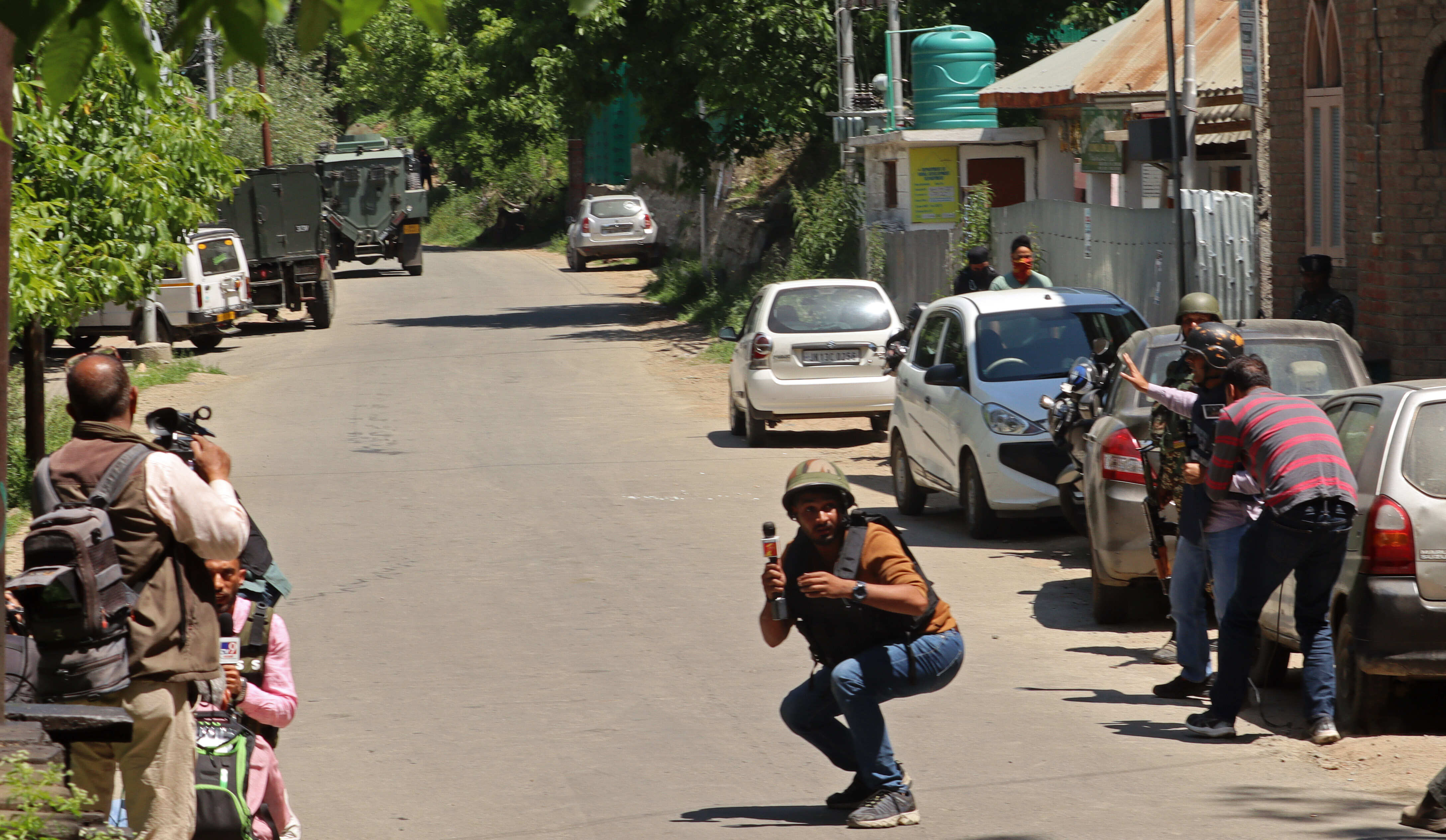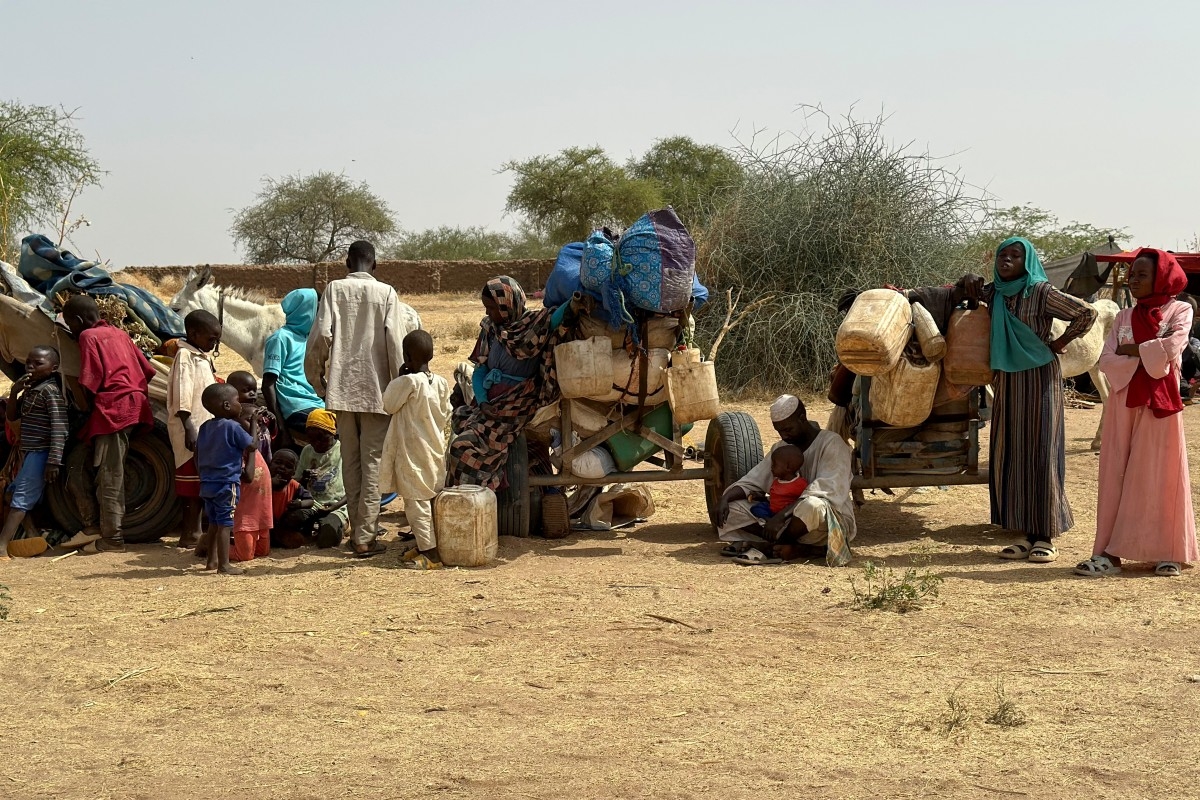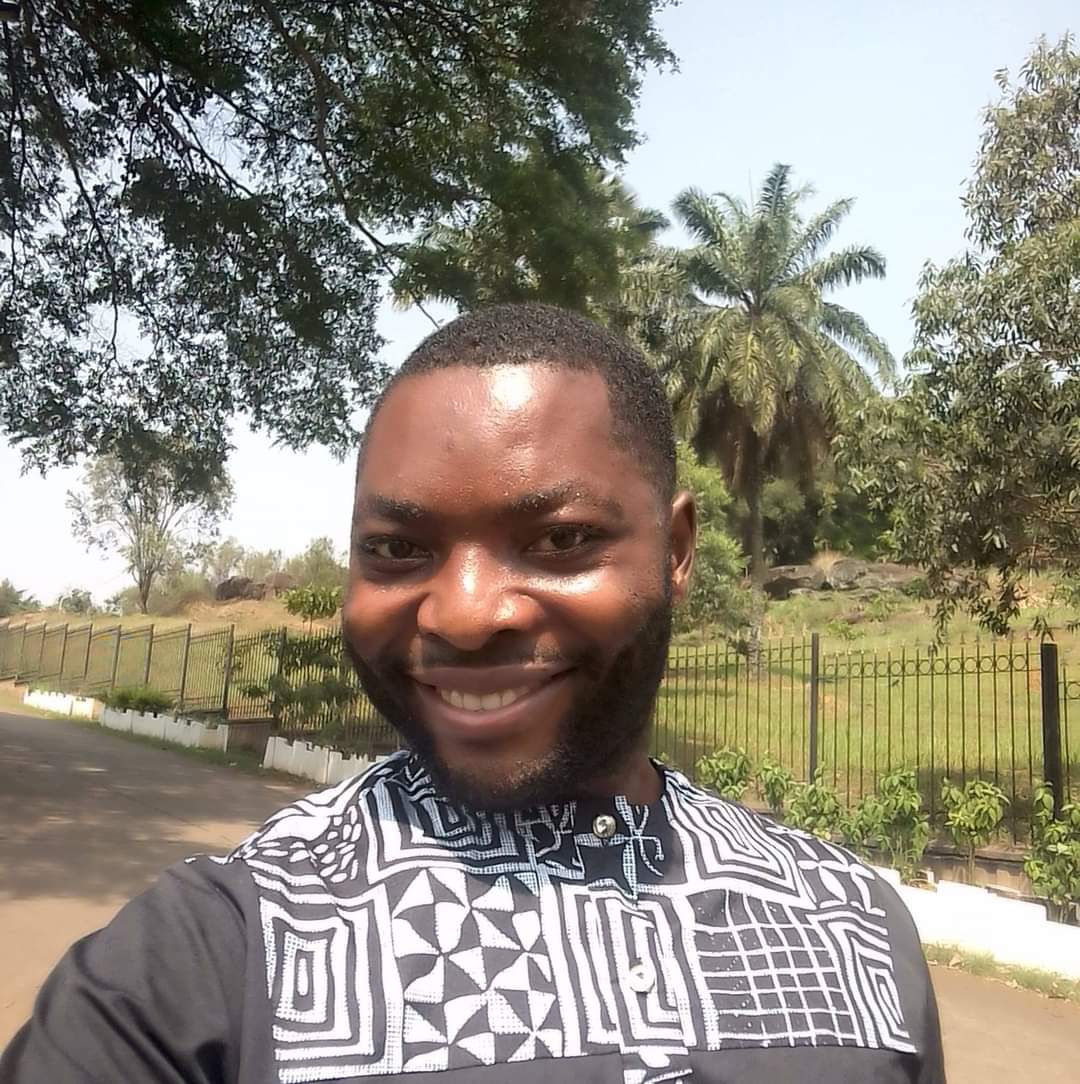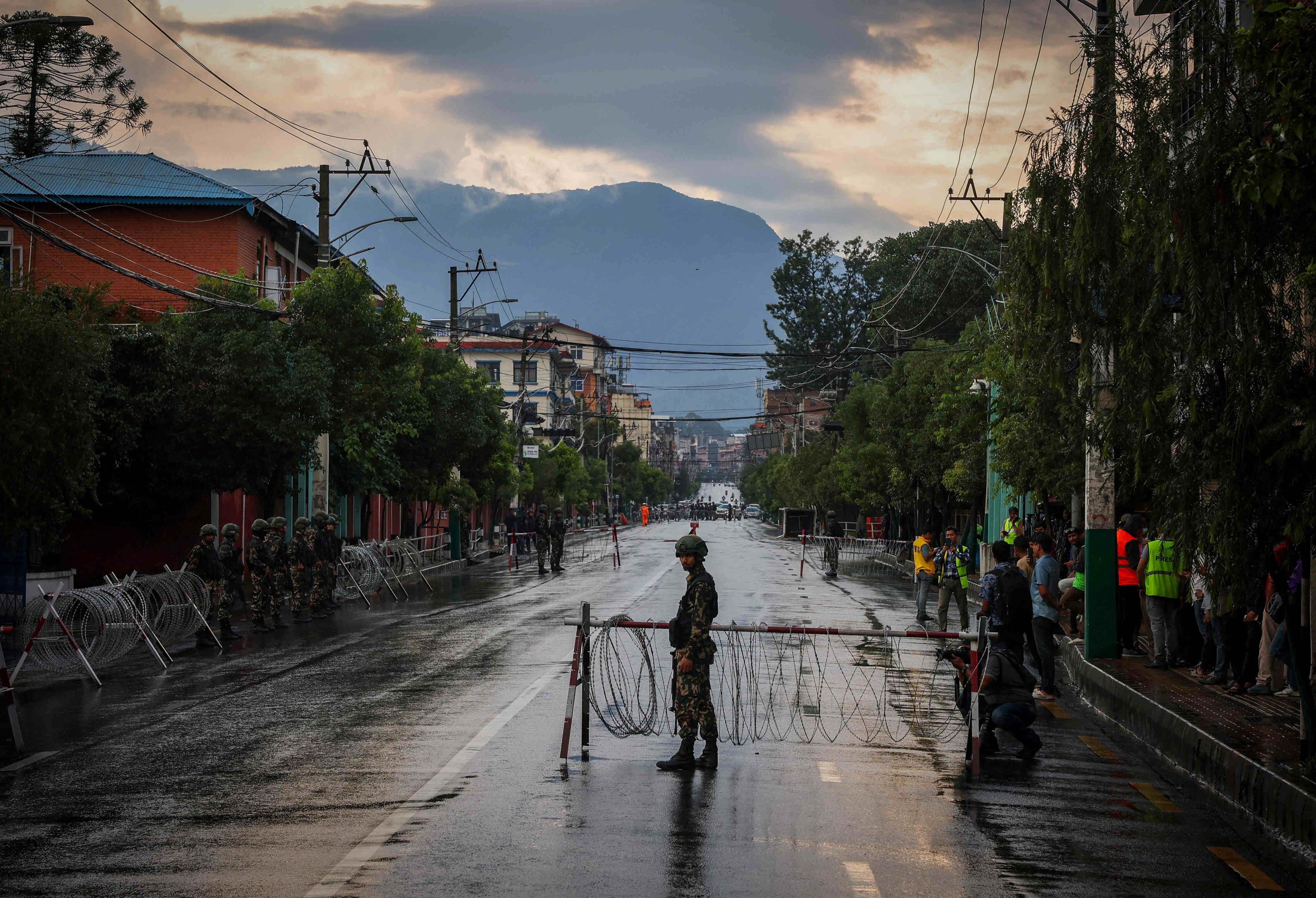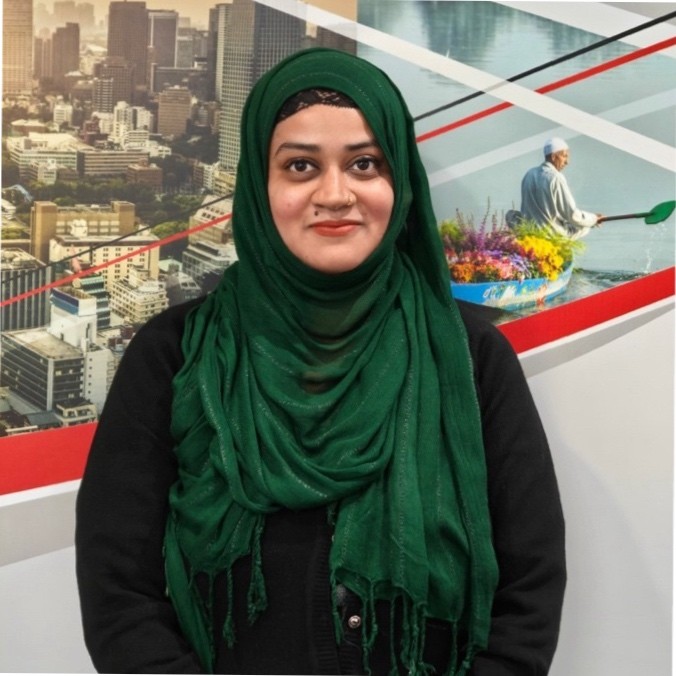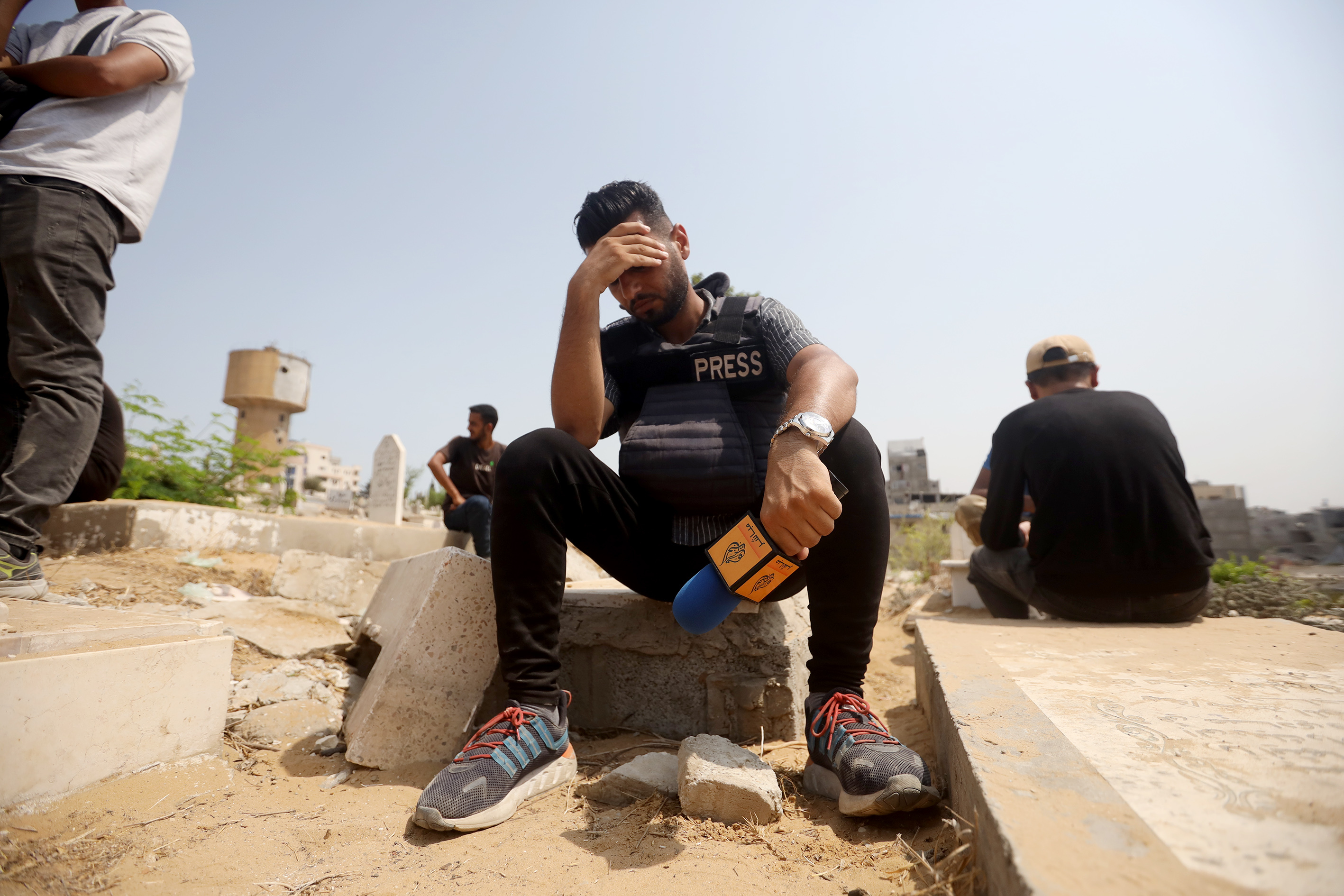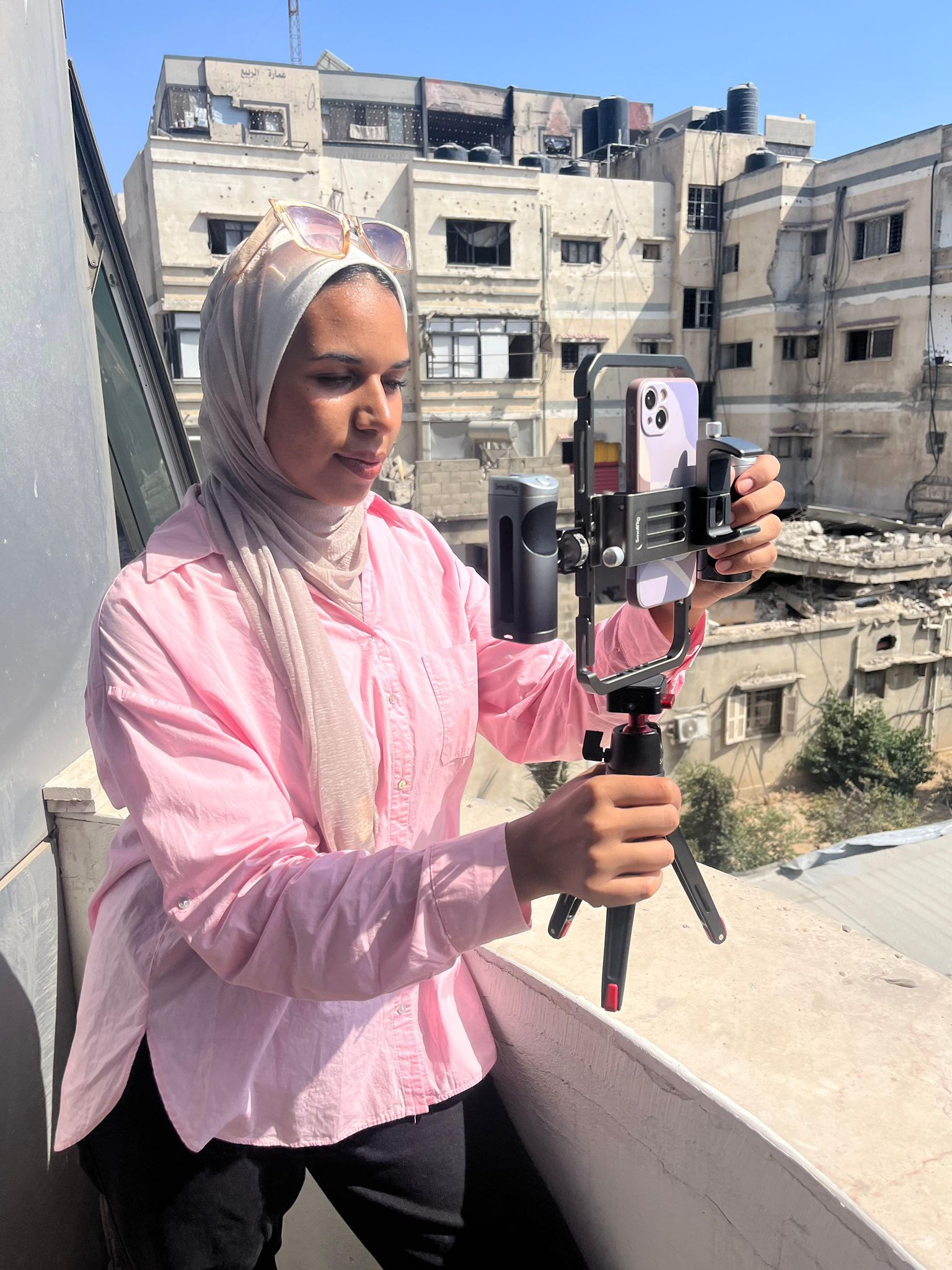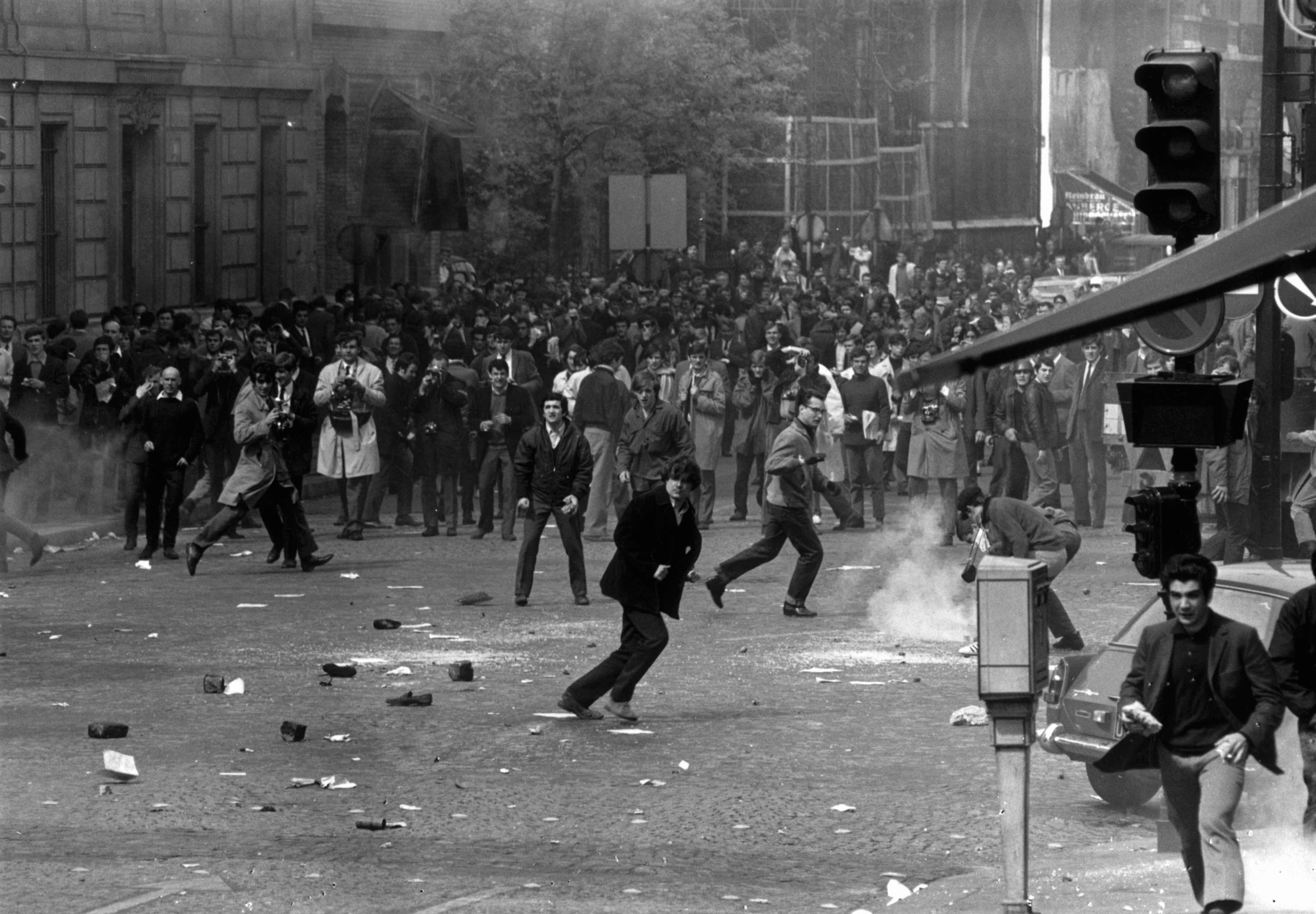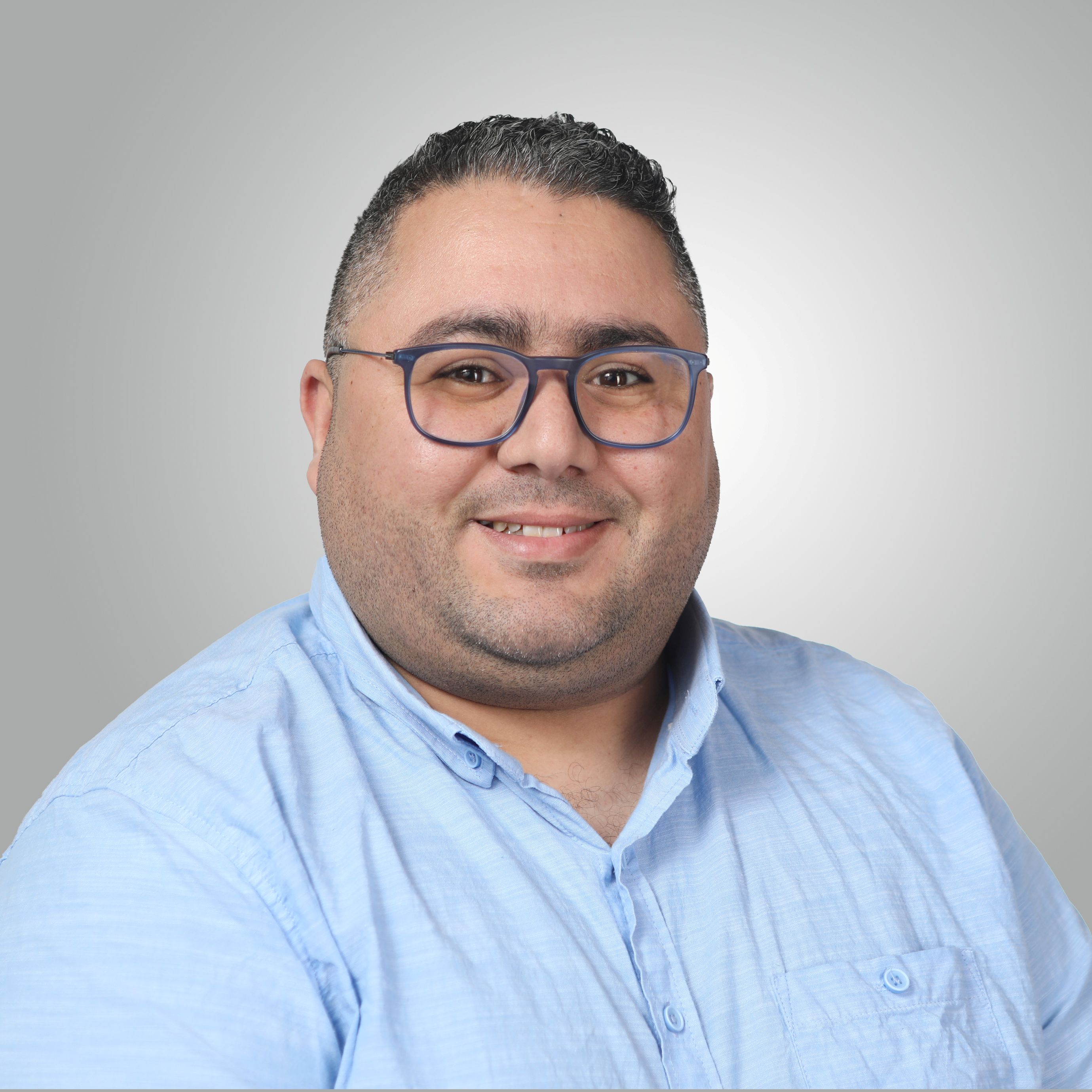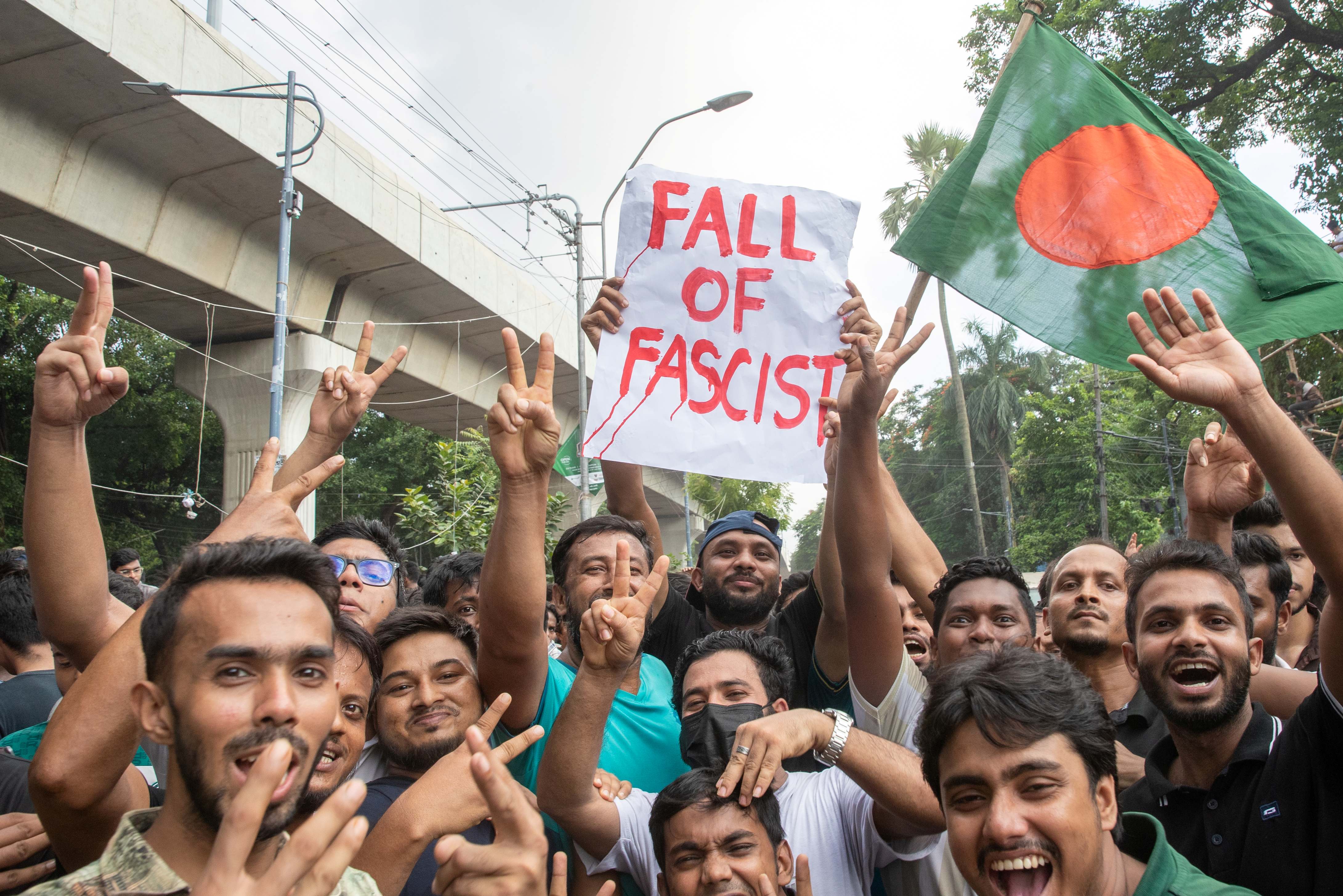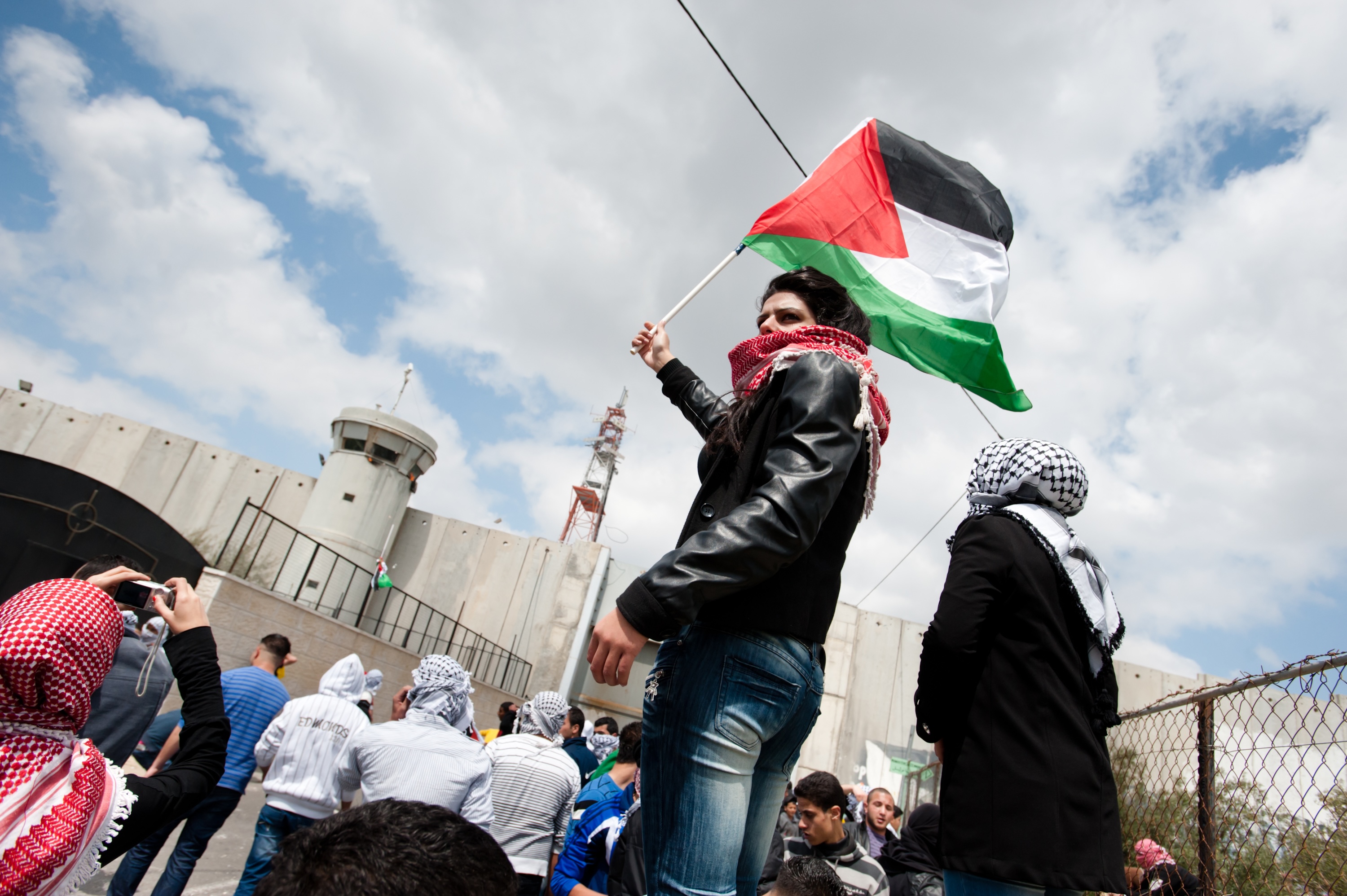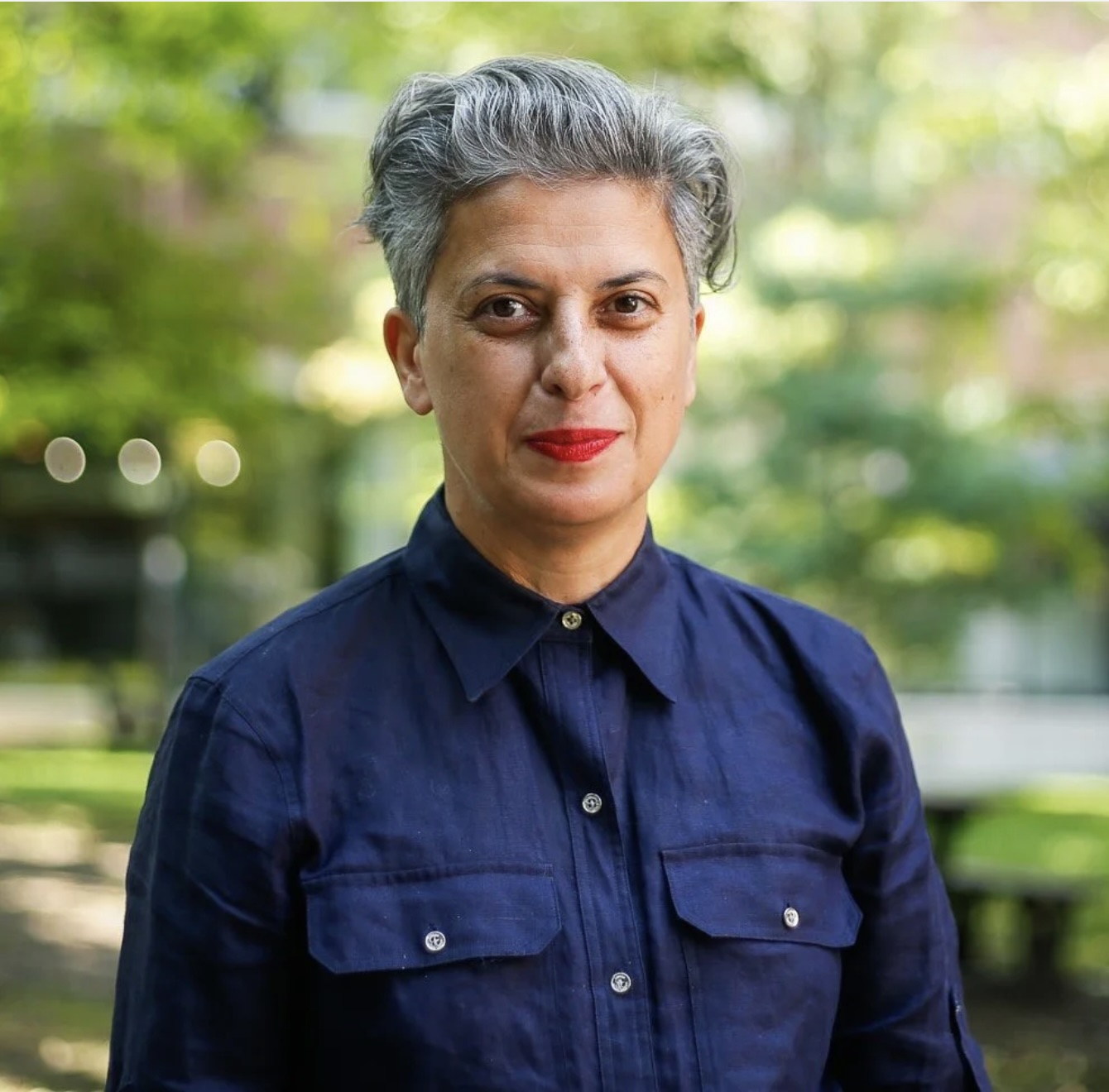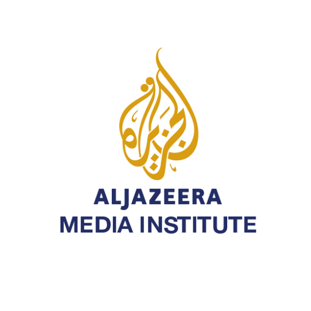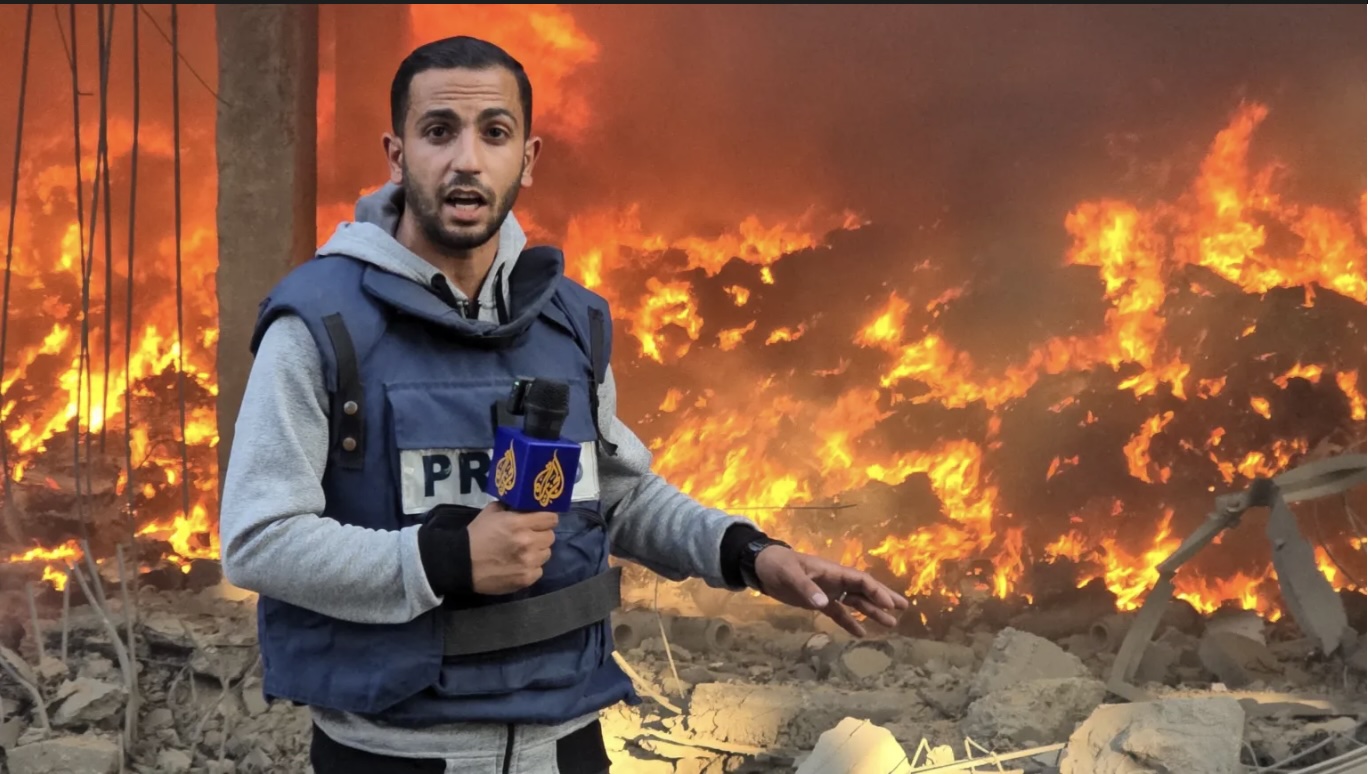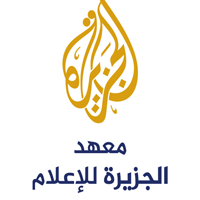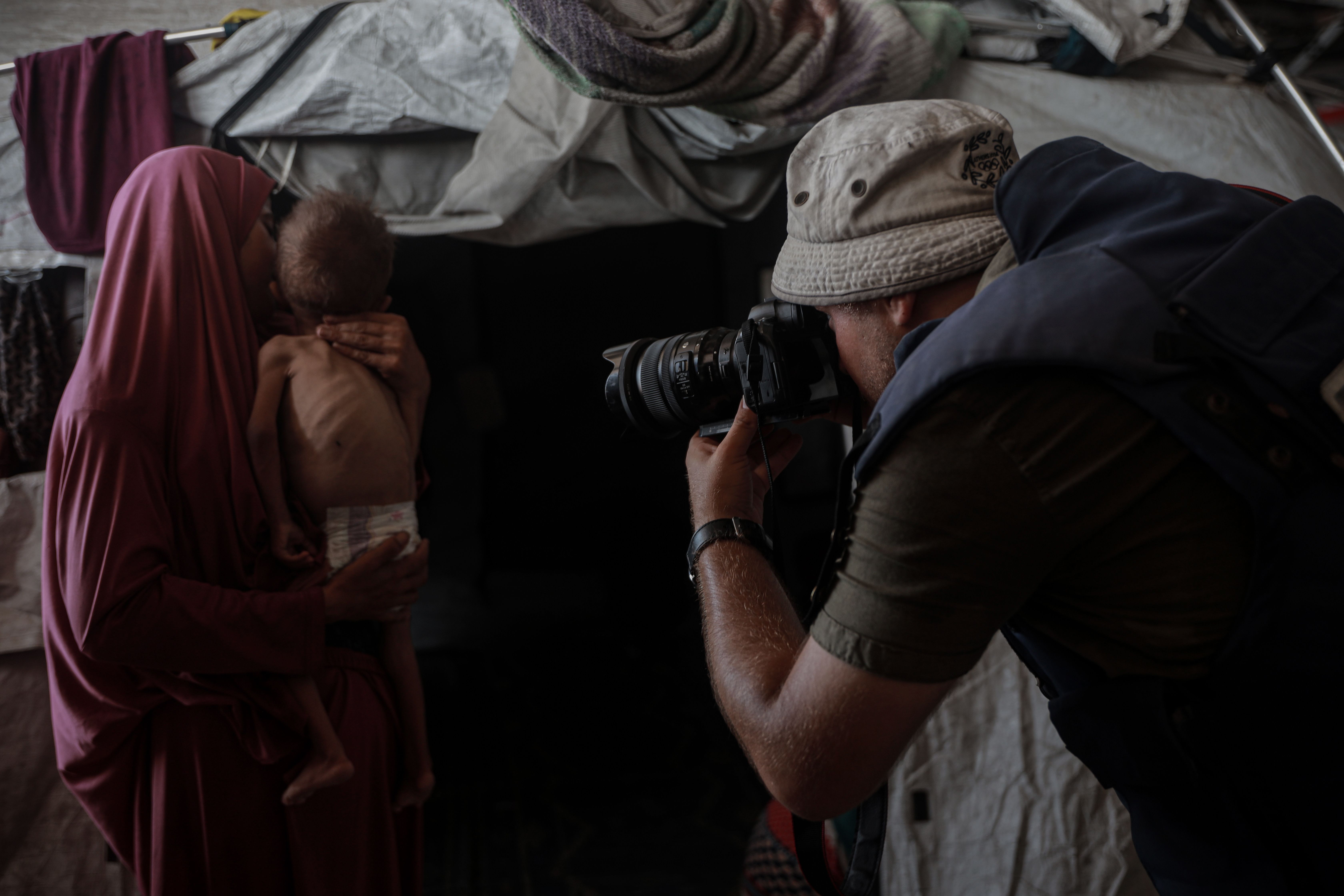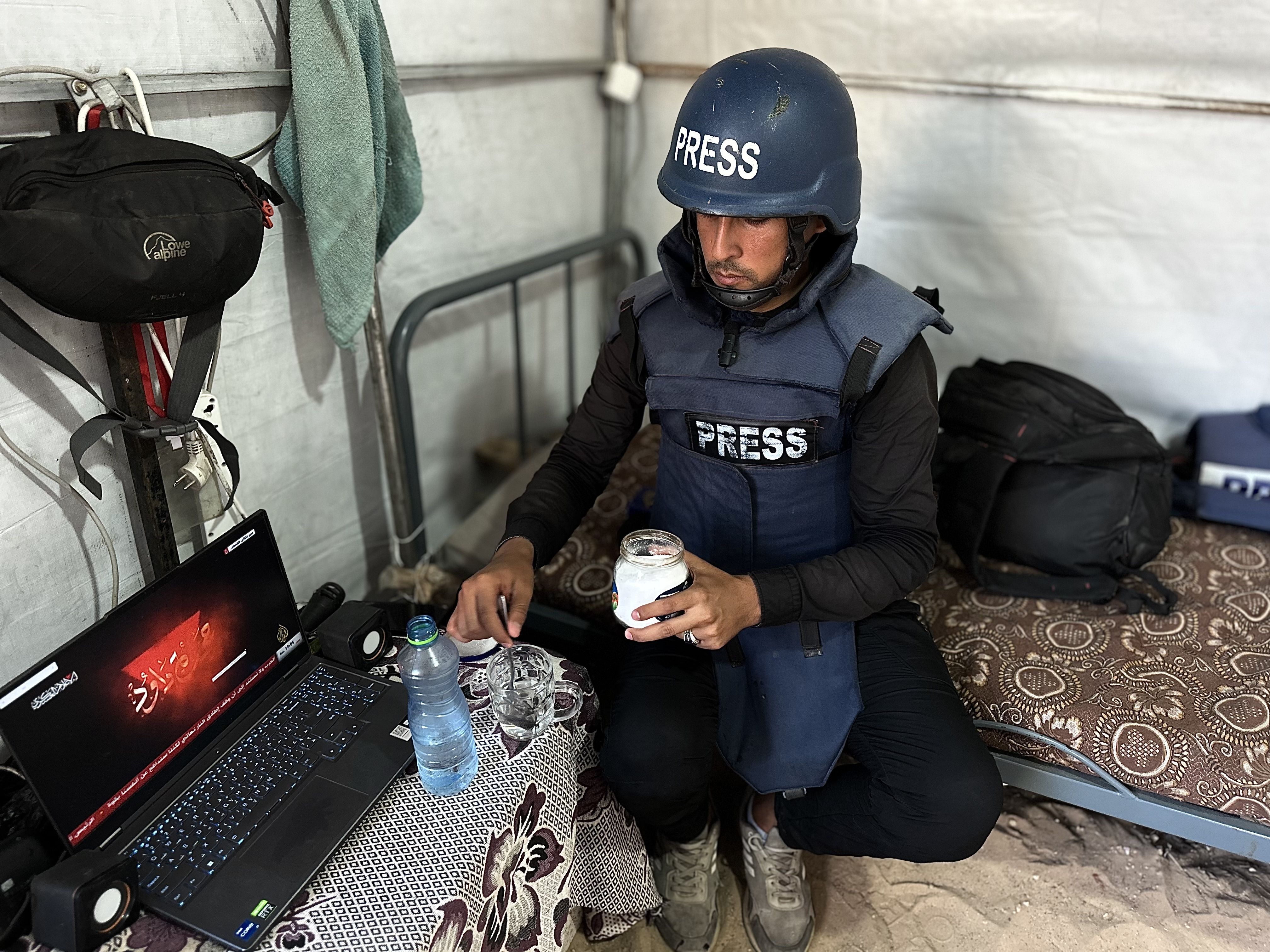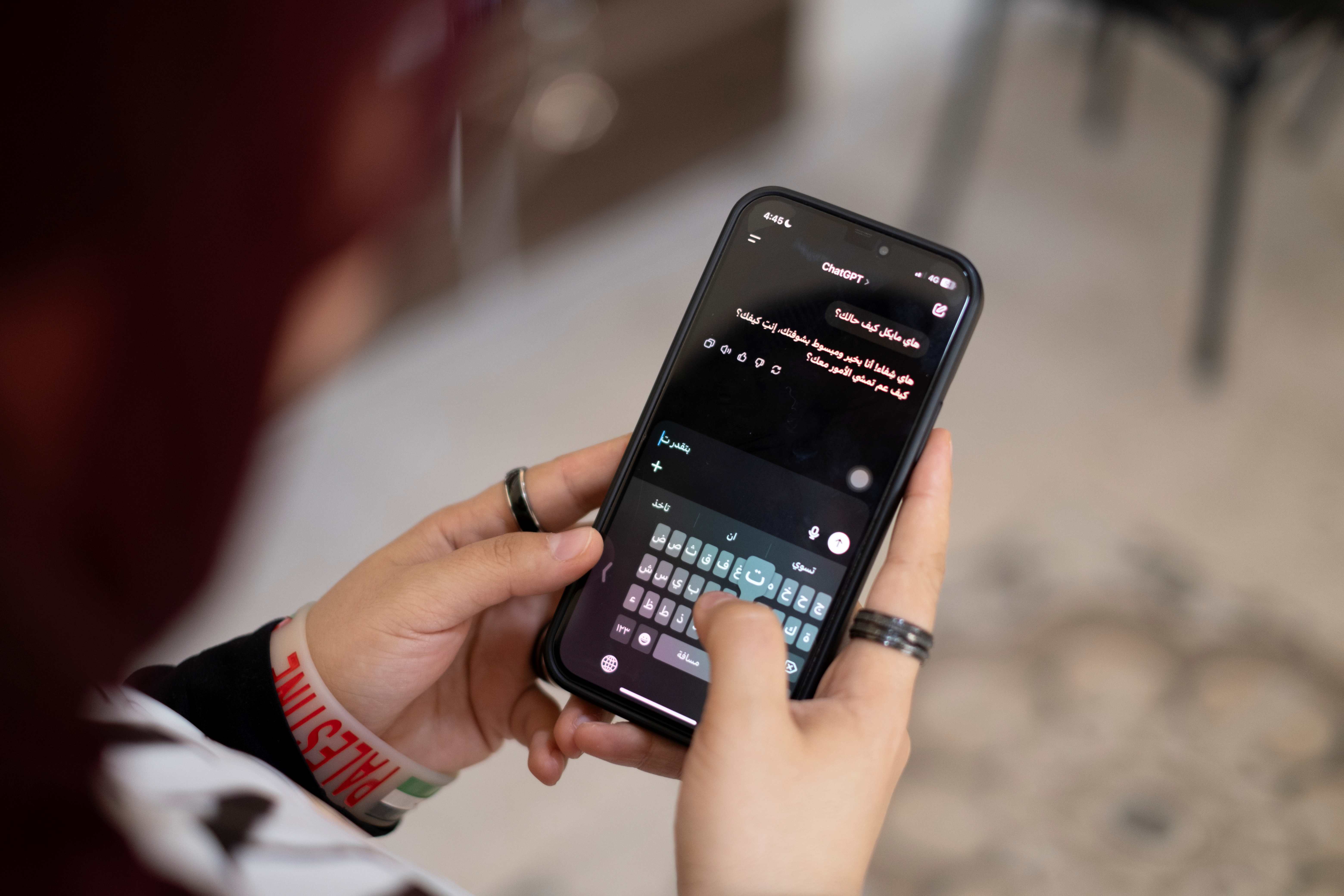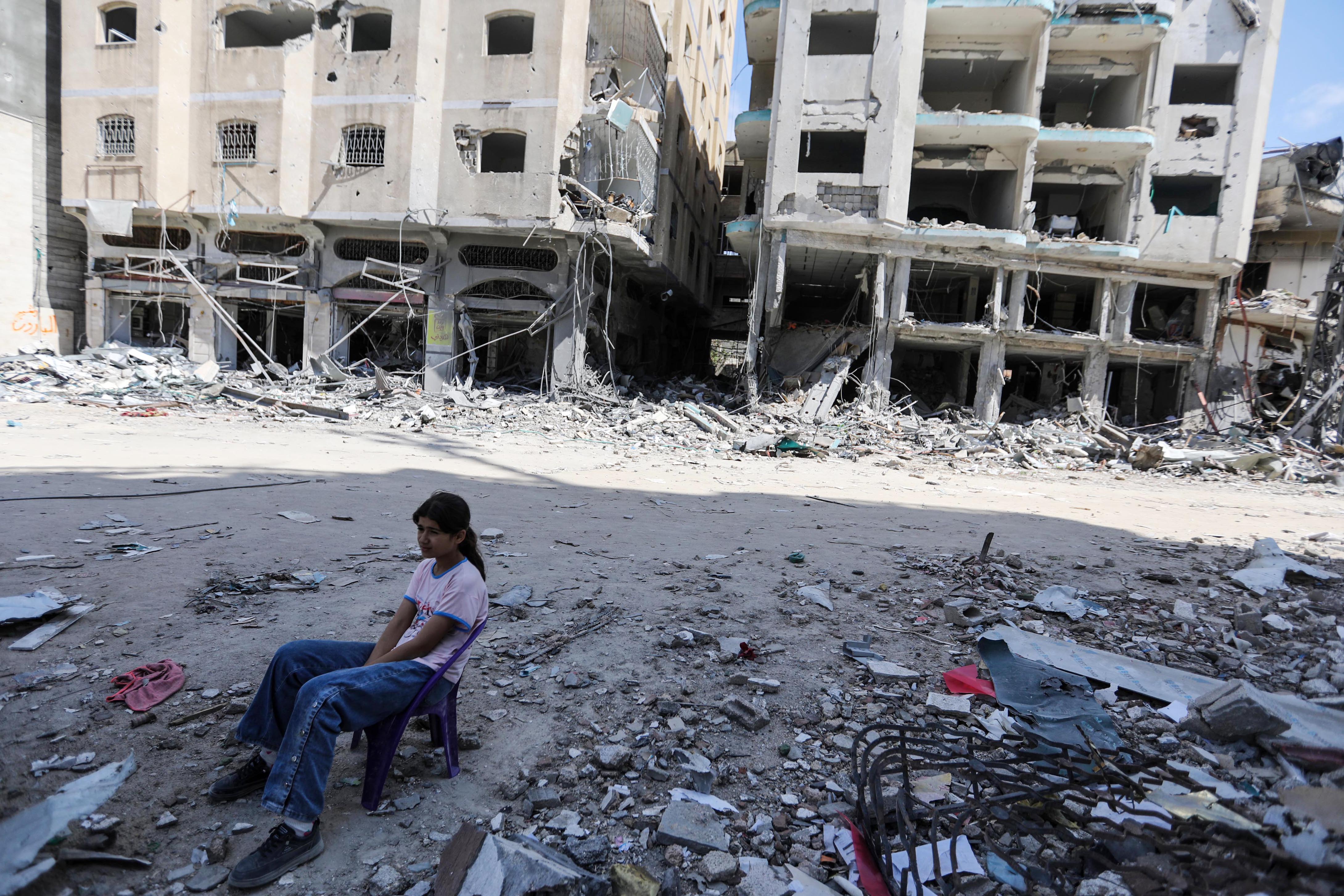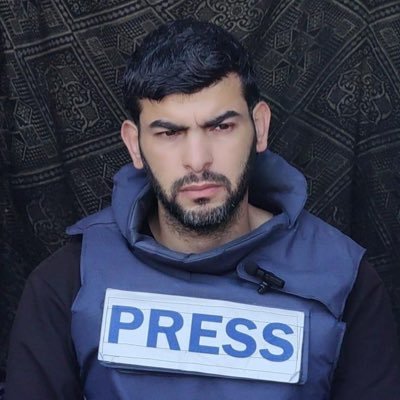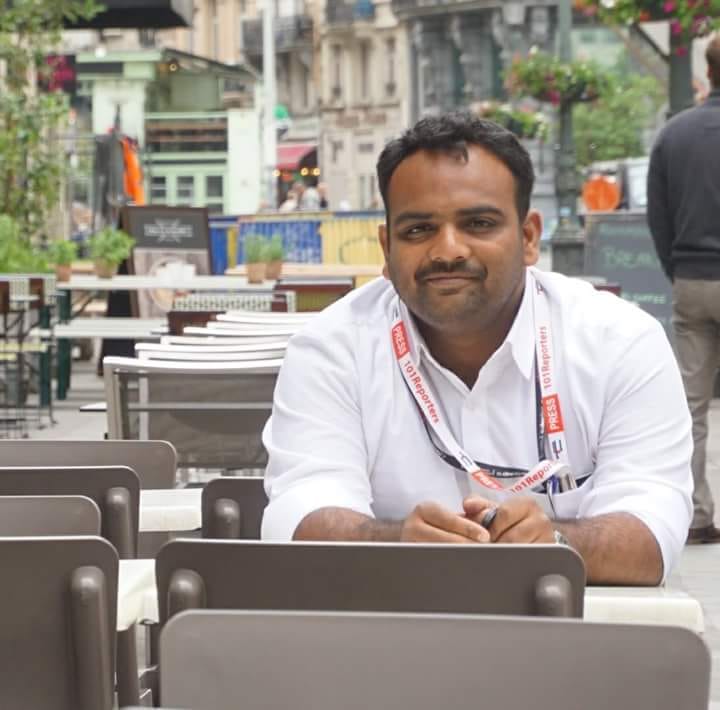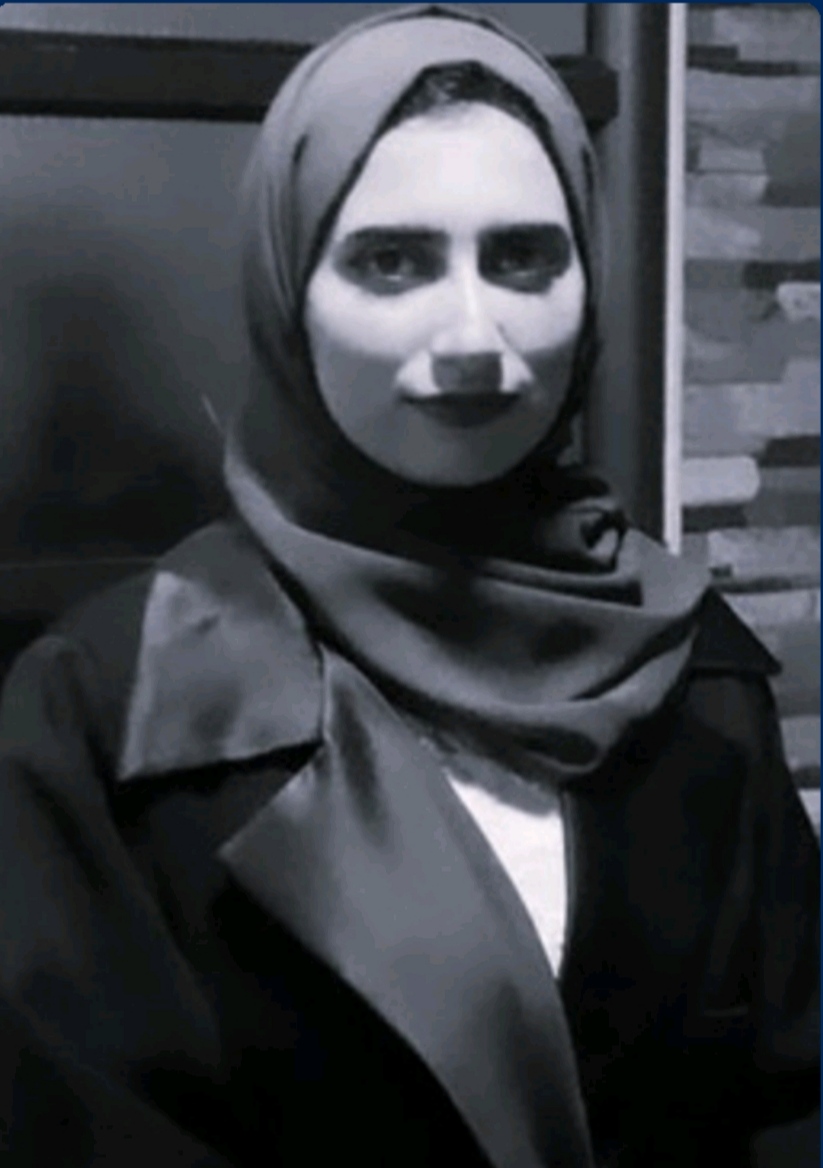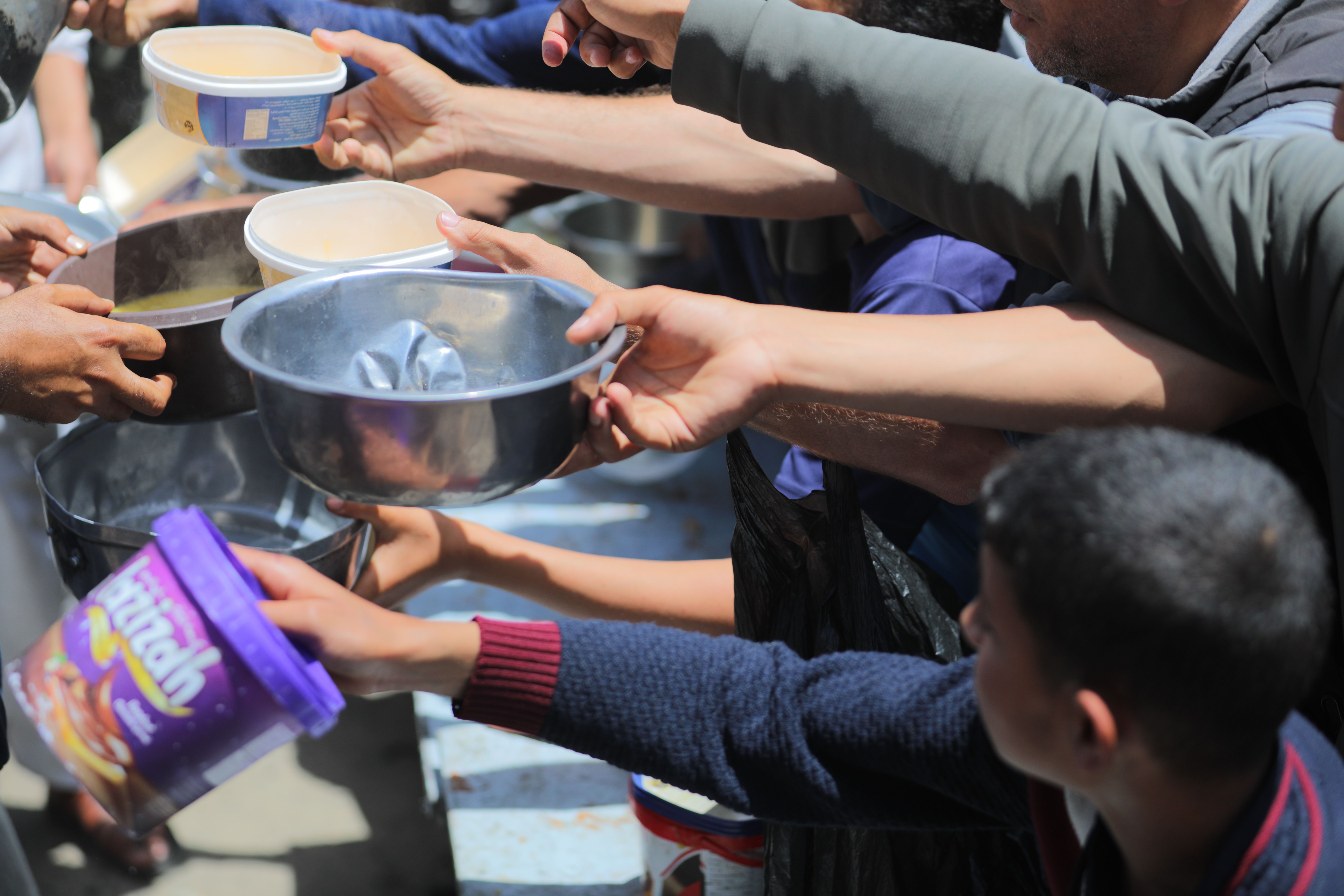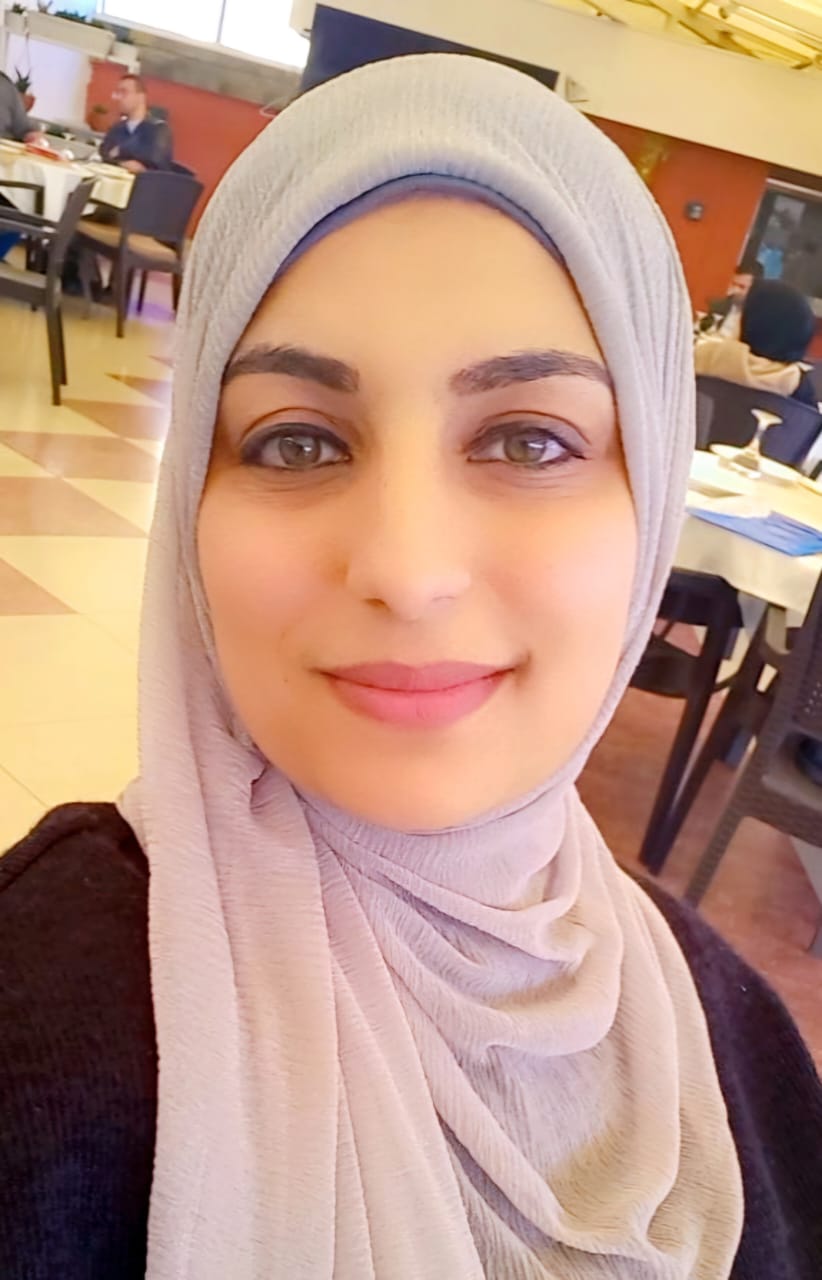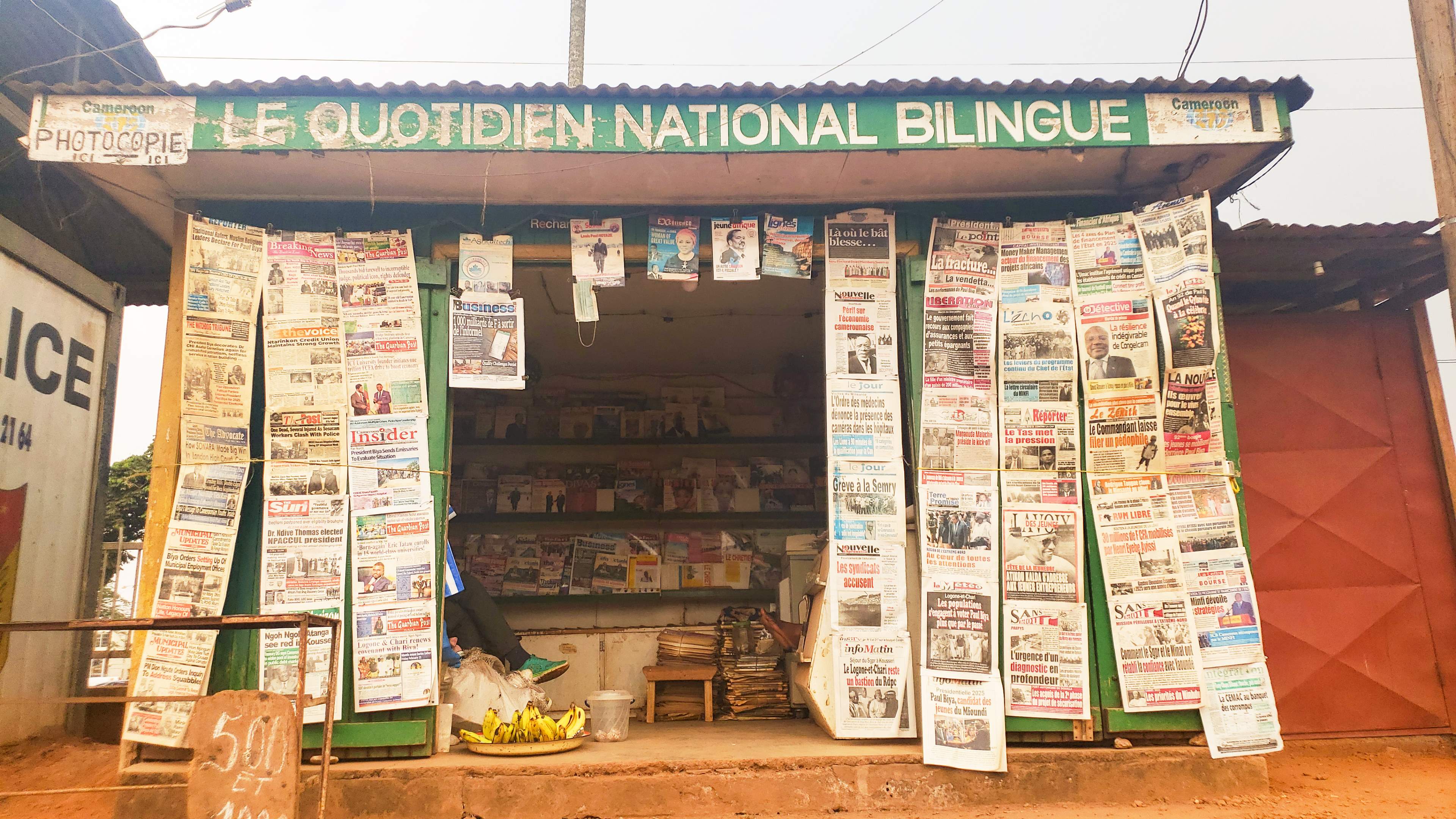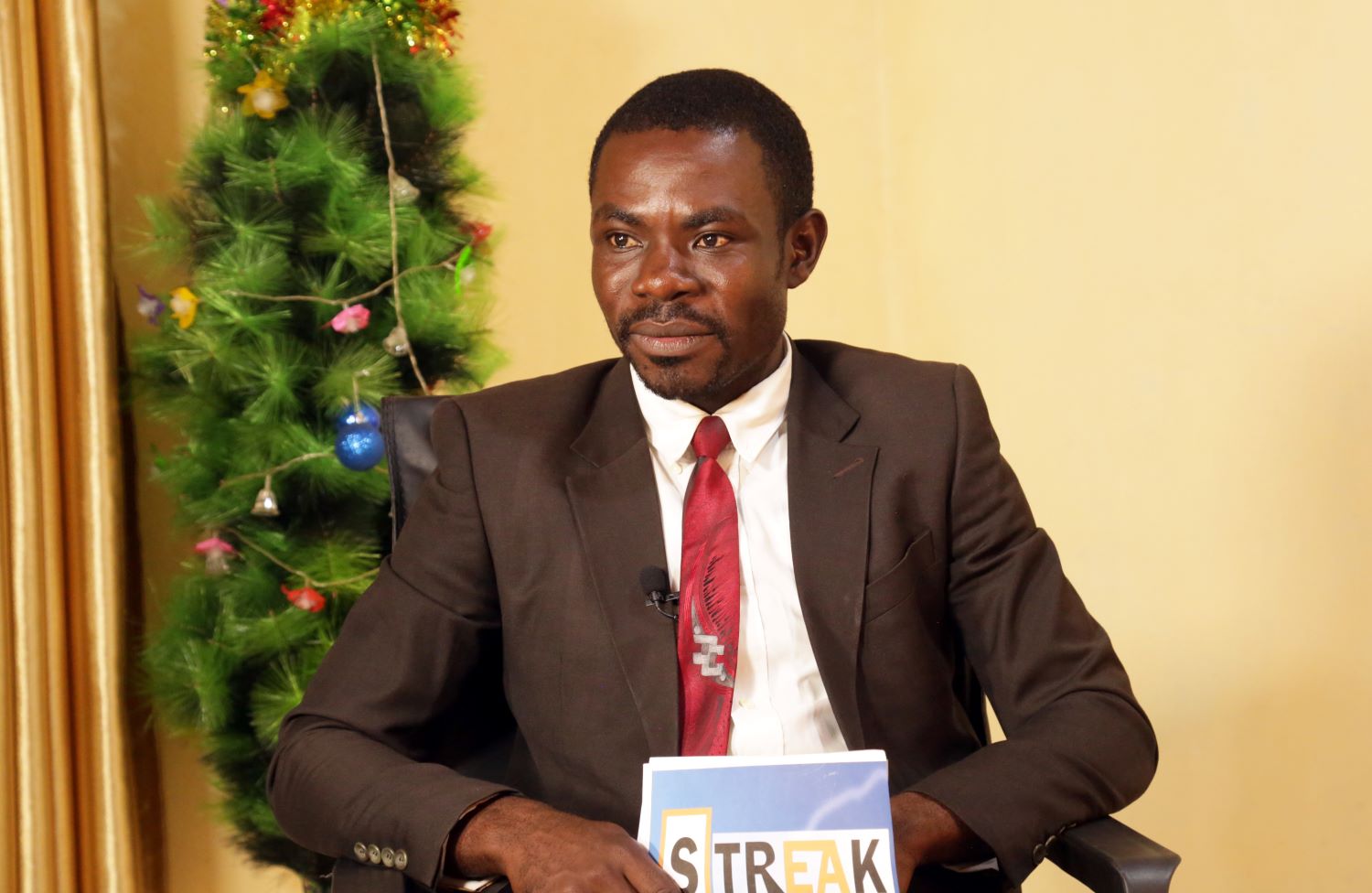في عام 2007 وبعد عامين من انتفاضة الضواحي الفرنسية قدم النائب عن حزب الخضر، نويل مامير - الذي كان هو نفسه صحفيًا - إلى الجمعية الوطنية (البرلمان) ميثاقاً لـــ "تحسين التعامل الإعلامي مع الضواحي"، ناقشه ووقع عليه مئات المثقفين والصحفيين الفرنسيين، بعد لقاءات جمعتهم مع ممثلين عن الضواحي وأحياء الطبقة العاملة من أصول مهاجرة. في أعقاب تلك الهزة الشعبية، غير المسبوقة، ساد شعور عام في فرنسا بضرورة أن تفتح صفحة جديدة مع هذا الهامش المنبوذ، سياسياً واقتصادياً وخاصة إعلامياً. كان قوس الأمل مفتوحاً على إمكانيات متعددة، ولم يكن حتى ذلك الوقت قد شهدنا هيمنةً ثقافية لأفكار أقصى اليمين، التي عززها التدهور المتسارع لأوضاع الطبقات الوسطى والشعبية بتأثير من نزوع نيوليبرالي واضح للسلطة وأزمات اقتصادية كونية لا تتوقف.
خلال السنوات الأولى لصدمة الضواحي، شهدنا تطوراً داخل وسائل الإعلام المحلية من خلال بث "مواضيع إيجابية" حول هذه الأحياء، لتصحيح التمثلات المشوهة الراسخة. لكن هذه الموضوعات غالبًا ما تتحول إلى حالة كاريكاتورية عكسية تمدح النجاحات الفردية. ثم سرعان ما عادت إلى وسائل الإعلام الجماهيرية الفرنسية إلى سياساتها ما قبل 2005 تجاه الضواحي، لاسيما بعد هجمات 2015. لا تمثل هذه المناطق - التي تشكل جزءاً من الجمهورية - سوى مصدراً لأخبار العنف، كما يهتم بها مراسلون ومحللون متخصصون في الإجرام والصحافة القضائية. وتصنف داخل غرفة الأخبار ضمن ملفات المعالجة الأمنية. في 2019 خرج عدد من المثقفين والصحفيين عن الصمت بإطلاق نداء من أجل "معالجة إعلامية أكثر إيجابية وتوازنًا للضواحي". كان هؤلاء على وعي بأن التمثيلات التي ترسخها وسائل الإعلام عن الضواحي ليست نقلاً للعنف الذي يجري في الضواحي بل أحد أسبابه. لكن هذا النداء تحول إلى صرخة في واد ذهبت مع الريح.
بعد جولة جديدة من انتفاضة الضواحي الفرنسية ضد مركزها، يبدو من المفيد مراجعة دروسها، لاسيما درسها الإعلامي. هل تغير شيء منذ انتفاضة 2005؟ حين سألت نفسي هذا السؤال لم أجد غير أرشيف وسائل الإعلام الفرنسية بوصفه مقياساً للحكم. حاولت أن أتابع بدقة برامج النقاش والتغطيات الإخبارية والتعليقات التي يصدرها إعلاميون وصحفيون تحت غطاء موضوعي تحليلي، وفي الوقت نفسه العودة إلى أرشيف وسائل الإعلام نفسها خلال تغطية انتفاضة 2005، التي انطلقت تقريباً بالطريقة نفسها. والنتيجة المؤسفة، أن شئياً لم يتغير نحو الأحسن. والأكثر من ذلك أن الأمور زادت سوءاً، حيث أصبحت اللغة المستعملة أكثر قرباً من معاجم اليمين المتشدد، وأصبح رموز اليمين الشعبوي من الشخصيات الأكثر حضوراً في هذه التغطيات شديدة الانحياز.
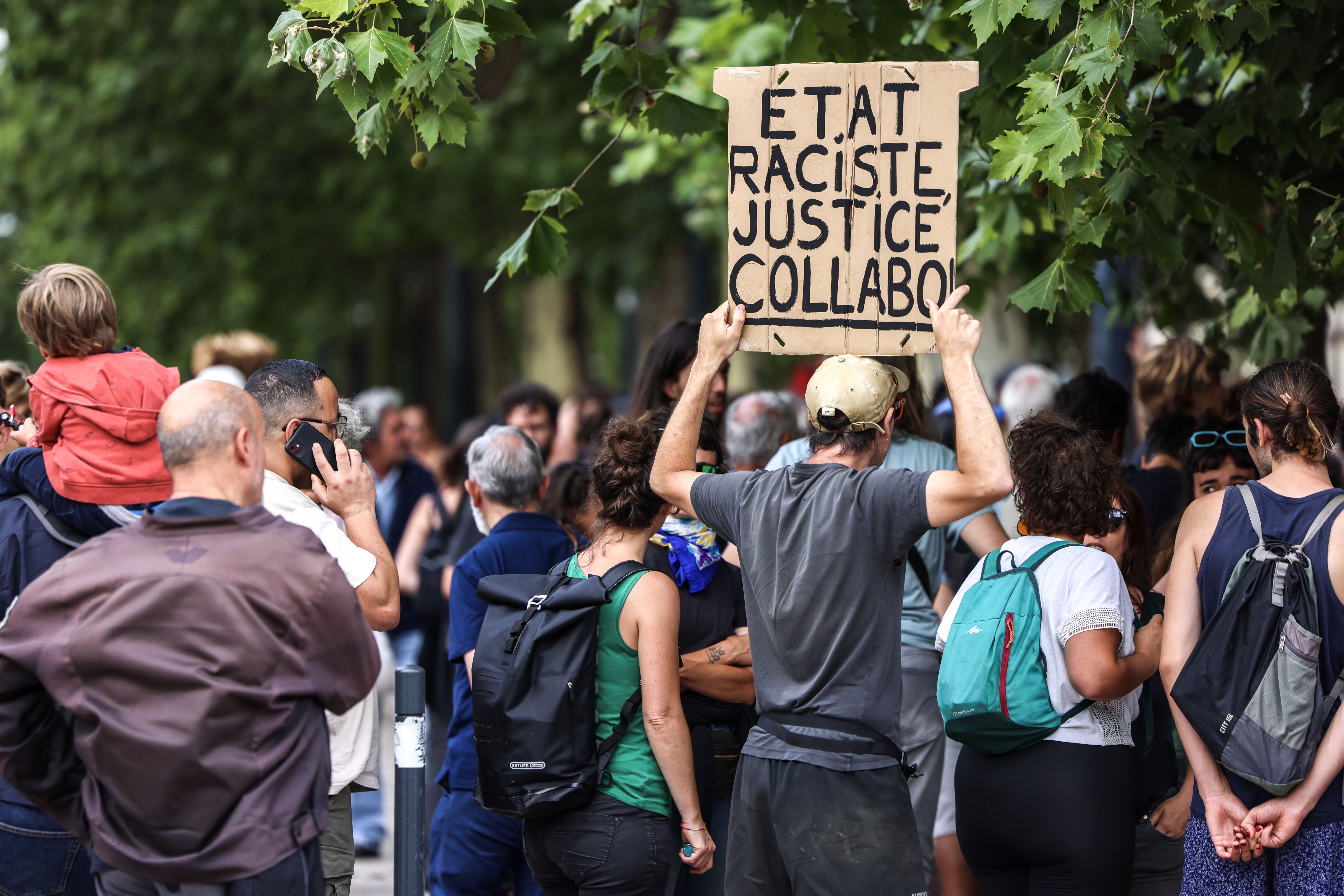
الأخبار، تمثيل العالم في اللغة
حين تتابع أخبار الضواحي على وسائل الإعلام الفرنسية تعتقد للوهلة الأولى أن هذه المناطق جيوب منفصلة عن جسد البلاد، تحتلها العصابات المسلحة. وعندما تزورها تدرك حجم الهوة بين التمثل الإعلامي للمكان وبين حقيقته. قطعاً يوجد اختلاف واضح لشاهد العيان بين الضواحي العمالية وبين أحياء الطبقة العليا في الحوض الباريسي وفي بقية المدن الفرنسية الكبرى. إنه ليس مجرد اختلاف طبقي يمكن أن نراه في أي مدينة في العالم، ولكنه بالإضافة إلى ذلك هو اختلاف ثقافي تراه في الملابس والطعام واللهجات. وهو فصل صنعته الدولة الفرنسية بنفسها عندما حصرت، لأسباب أمنية واقتصادية، اليد العاملة الرخيصة التي جاءت بها من المستعمرات السابقة لبناء البلاد بعد الحرب العالمية الثانية، ثم رسخت ذلك في عقد السبعينات ببناء المساكن الاجتماعية للطبقة العاملة.
بالنسبة للفرنسي الأبيض الأصلي، فإن تمثله لهذه الضواحي، ليس نابعاً من تجربة شخصية ذلك أن قطاعا واسعا من الفرنسيين، لاسيما من المدن خارج الحوض الباريسي، لم يزورا هذه الضواحي، أو بالكاد مروا بها. لم تربطهم بسكانها علاقات ولا وشائج صداقة. حيث إن ما تبثه وسائل الإعلام وما تكتبه الصحف هو مصدرهم الوحيد لبناء فكرة أو رسم صورة عن الضواحي وسكانها؛ لذلك فإن الخطابات المشحونة بالاستعارات والتشبيهات في وسائل الإعلام لا تشكل وسيلة لنقل الأخبار أو التحليلات فقط، بل لتحديد نوع العلاقة بين سكان الجمهورية الأصليين وسكانها القادمين من مستعمراتها السابقة. وعند هذا الحد الأساسي تؤدي وسائل الإعلام دورها الخطير من خلال اختيار معسكرها داخل النقاش العام. والواضح أن وسائل الإعلام الفرنسية، السائدة على الأقل، قد اختارت معسكر اليمين وأقصى اليمين ورُهاب الأجانب. ذلك أن التحليل النصي للاستعارات هو عنصر لا غنى عنه من أجل فهم أفضل للطبيعة المعقدة للاستعارة في لغة الصحافة ولاسيما لغة التلفزيون.
على الرغم من امتلاكها لشبكات مراسلين محليين واسعة، إلا أن وسائل الإعلام الفرنسية السائدة مازالت تعتمد في المقام الأول على مصادر الشرطة والسلطات، وتقوم في كثير من الأحياء بتبنيها.
شأنها شأن الاحتجاجات الشعبية السابقة لسكان الضواحي، تميزت الجولة الأخيرة بخطاب إعلامي متشنج يغلب على معجمه استدعاء استعارات وتشبيهات مصدرها الأساسي أقصى اليمين وجهاز الشرطة مثل: "أعمال الشغب" و"المنحرفون" و"الأراضي المفقودة من الجمهورية"، أو "ضواحي برميل البارود"، والتشكيك في مظلومية الضحية بالقول إنه "صاحب سوابق عدلية"، وصناعة مظلومية القاتل بالقول إنه "شرطي يقوم بدوره في حماية المواطنين". لكن اللافت فيما قصدته بالتطور نحو الأسوأ لهذه التغطية هو ظهور مصطلحات مثل "الحرب الأهلية" و "صدام الحضارات"، التي تكرس تمثلاً شديد السلبية لسكان الضواحي، من خلال اعتبارهم يمثلون "غزوا أجنبياً" أو "طائفة متمردة". وهو تمثيل يهدف أساساً للتشكيك في انتماء هؤلاء للجمهورية، وتالياً ينزع عنهم أي صفة من صفات المواطنة، ما يشجع عملياً على استباحتهم أمنياً وقضائياً. كما فتحت هذه الوسائل الباب واسعاً أمام رموز فكرية وسياسية لليمين المتطرف - مثل إيريك زمور - كي يقدموا تحليلهم للأحداث، رغم ما تضمنته من كراهية للأجانب وعنصرية ودعوة ضمنية لعنف الدولة ضد جزء من السكان.
المعالجة الإعلامية
من خلال رصد أبرز وسائل الإعلام الفرنسية الجماهيرية – التلفزيونية والرقمية – خلال الأحداث التي جرت في ضواحي باريس وبعض المدن الكبرى، يبدو واضحاً أن التغطية الإعلامية للحدث لم تغادر مكانها منذ 2005، مع فارق جوهري في أن مجال التحليل خلال هذه الأحداث كان أكثر اتساعاً من مجال الأخبار، وقد لعب ذلك دوراً أكبر في توجيه الرأي العام نحو انحيازات واضحة كشفت عنها استطلاعات الرأي. فقد قال 73٪ من الفرنسيين إنهم يؤيدون إسقاط الجنسية الفرنسية من مزدوجي الجنسية الذين شاركوا في "أعمال الشغب". ورغم أن الأحداث بدأت بمقتل شاب على يدي رجل شرطة، فإن 77٪ من الفرنسيين قالوا بأن "لديهم صورة جيدة عن الشرطة". لا يمكن أن نَصِفَ كل وسائل الإعلام الفرنسية بأن لها انحيازات يمينية متطرفة، لذلك فإن هذه التغطية الإعلامية المنحازة ضد الضواحي، ليست وليدة توجه إيديولوجي بالأساس، ولكنها تأتي بدفع من عاملين أساسيين يحكمان طبيعة التغطية.
أولاً، الإثارة. فهي عامل رئيسي في تعامل وسائل الإعلام مع الموضوع، لأسباب تتعلق بالنموذج الربحي لهذه المؤسسات الإعلامية التي تبحث عن قاعدة جماهيرية أوسع لتوسيع قدرتها في استقطاب المعلنين وتحقيق توسع أكبر على وسائل التواصل الاجتماعي. وتحضر هذه الإثارة على نحو أكبر في برامج النقاش، أكثر منها في نشرات الأخبار، حيث يتم تمثيل الضواحي بشخصيات جدلية لمواجهة شخصيات أكثر جدلية من تيار اليمين المتشدد، ومن خلال هذه الصراع، الذي يتحول دائماً إلى تراشق بالتهم والشتائم تحقق هذه الوسائل نسب مشاهدات عالية، دون الوعي بأنها تقوم بنقاش مسائل على غاية من الخطورة بطريقة شديدة السطحية. دون أن نغفل الموقع الطبقي لأغلب الفاعلين في وسائل الإعلام، حيث تشكل الفجوة الاجتماعية التي تفصلهم عن سكان هذه الأحياء صعوبة كبيرة في معالجة المعلومات، لذلك يكتفون بعنصر الإثارة دون النفوذ إلى العمق.
الإثارة عامل رئيسي في تعامل وسائل الإعلام مع الموضوع، لأسباب تتعلق بالنموذج الربحي لهذه المؤسسات الإعلامية التي تبحث عن قاعدة جماهيرية أوسع لتوسيع قدرتها في استقطاب المعلنين.
ثانياً، المصادر. فعلى الرغم من امتلاكها لشبكات مراسلين محليين واسعة، إلا أن وسائل الإعلام الفرنسية السائدة مازالت تعتمد في المقام الأول على مصادر الشرطة والسلطات، وتقوم في كثير من الأحياء بتبنيها. يعمل محررو الأخبار المحلية والمراسلون بشكل وثيق مع الجهازين الأمني والقضائي. لذلك، من الضروري إنشاء روابط شخصية ودائمة مع واحد أو أكثر من المسؤولين الأمنيين لإنتاج عدد كبير من المقالات بسرعة وسهولة، وهذه الروابط ليست فقط مجرد مصادر بل تتحول إلى عامل للتأثر بصوابية الرواية الأمنية؛ فهم نادراً ما يشككون في المعلومات التي تقدمها الشرطة. وبالتالي لا يأخذون في الاعتبار وجهة النظر المتناقضة، ولا يطلبون من سكان الضواحي روايتهم للحقائق.

عندما تروي الضواحي قصتها بنفسها
لم يكن إطلاق الشرطة النار على نائل مرزوق هو الحدث. كانت الجريمة ستدخل في السجال السياسي والإعلامي لبقية جرائم عنف الشرطة، وكان رجل الشرطة سيعود إلى عمله صباح اليوم التالي دون عناء. ما جعل الجريمة حدثاً هو مقطع الفيديو الذي وثقها، والذي تسرب من هاتف سيدة شهدت الحادثة من بعيد. وهذا المقطع هو الذي أنصف الضحية قليلاً وجعل القضاء يتحرك بسرعة، ودفع بالمئات من شباب الضواحي للشوارع غضباً. ماذا لو لم يظهر مقطع الفيديو على وسائل التواصل الاجتماعي؟ كان السيناريو واضحاً، كما حدث عند مقتل أداما تراوري على يدي الشرطة عام 2016، حين انبرت وسائل الإعلام للدفاع عن جهاز الشرطة في ظل غياب أي دليل ينصف الضحية. وهنا يبرز الدور المركزي لوسائل التواصل في التعبير عن الضواحي، دون المرور بأجندة وسائل الإعلام، المثيرة والسطحية والمعتمدة على الشرطة كمصدر.
يبرز الدور المركزي لوسائل التواصل في التعبير عن الضواحي، دون المرور بأجندة وسائل الإعلام، المثيرة والسطحية والمعتمدة على الشرطة كمصدر.
في المقابل دفع هذا الواقع سكان الضواحي أنفسهم إلى الخروج من حالة الصمت نحو التعبير عن أوضاعهم من خلال الصحافة البديلة. في أعقاب أزمة 2005، أطلق كل من سيرج ميشيل ومحمد حميدي، موقع إلكترونياً تحت اسم "مدونة بوندي"، نسبة إلى ضاحية بوندي العمالية شرق باريس هدفها منح صوت لسكان أحياء الطبقة العاملة. من خلال سرد الحياة اليومية للضاحية، ذات الكثافة المغاربية الأفريقية، والموصومة بالعنف. كما تعمل المنصة في مجال "التعليم الإعلامي"، عبر تنظيم دروس بقيادة متخصصين في وسائل الإعلام في مقرها وكذلك إقامة ساحات نقاش مفتوحة بين الصحفيين والسكان وربط شباب الضواحي بفرص المنح الدراسية في مجال الصحافة والإعلام بهدف فتح المهنة أمام الشباب من خلفيات شعبية ذات أصول مهاجرة.
لكن شيوع هذا النوع من التغطيات الإعلامية في الفضاء الفرنسي، لا يجب أن يحجب حقيقة التنوع الذي يميز المشهد، من خلال وجود مؤسسات إعلامية تحاول تقديم خطاب مضاد للخطاب السائد أو حتى تغطية مهنية ذات موضوعية في الحد الأدنى. ضمن المقاربة الأولى نجد "ميديا بارت" منصة الأخبار والتحقيقات الرقمية، ذات الانحيازات الواضحة للتعدد ومجابهة خطاب اليمين المتشدد. وضمن التعاطي المهني نجد صحيفة ليبراسيون ومنصتها الرقمية، والتي قدمت تغطية متوازنة أعطت لسكان الضواحي وممثليهم الحق في الكلام وتوضيح وجهة نظرهم وكذلك جريدة "لوموند" التي كانت في الحد الأدنى ملتزمة بمهنية تفرق من خلالها بين الرأي والخبر وخطابات الكراهية المعادية للأجانب.
